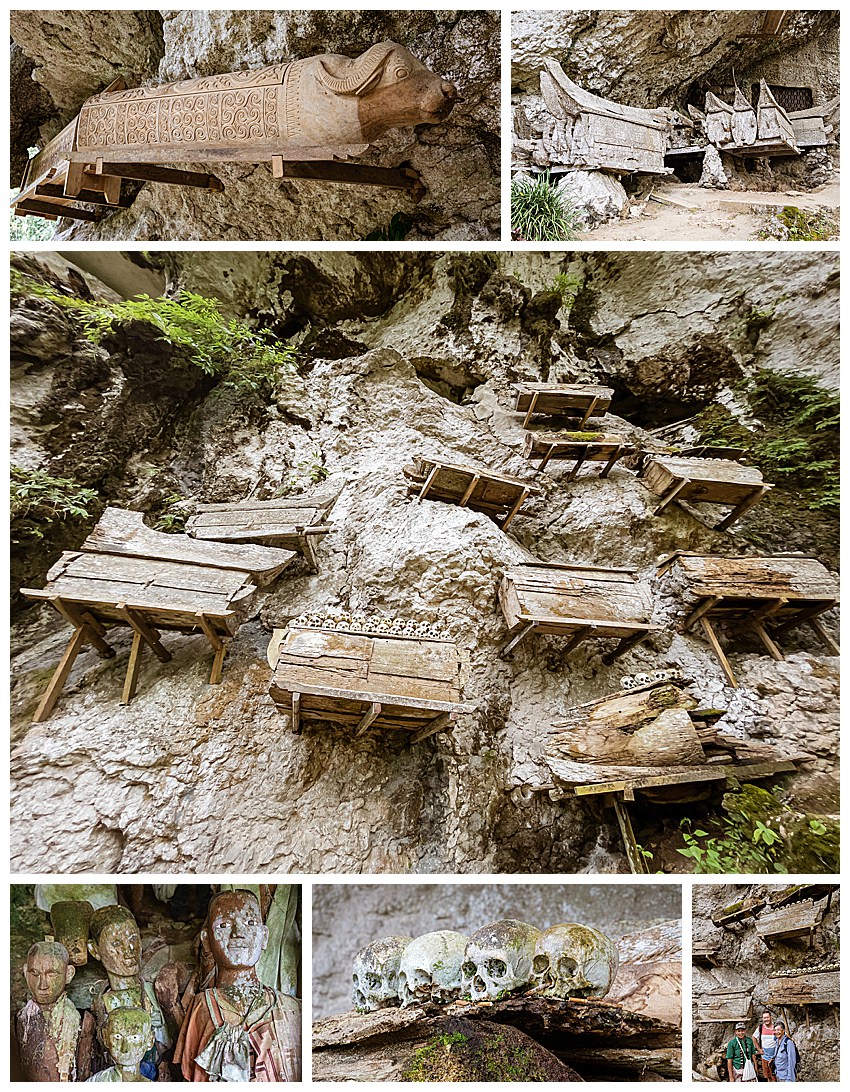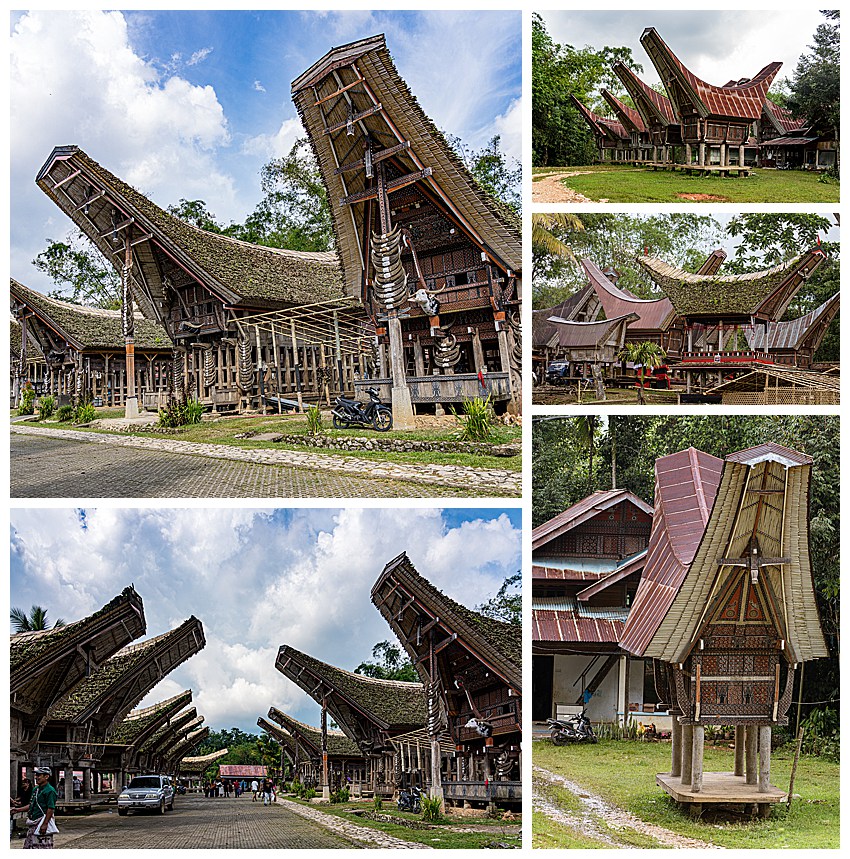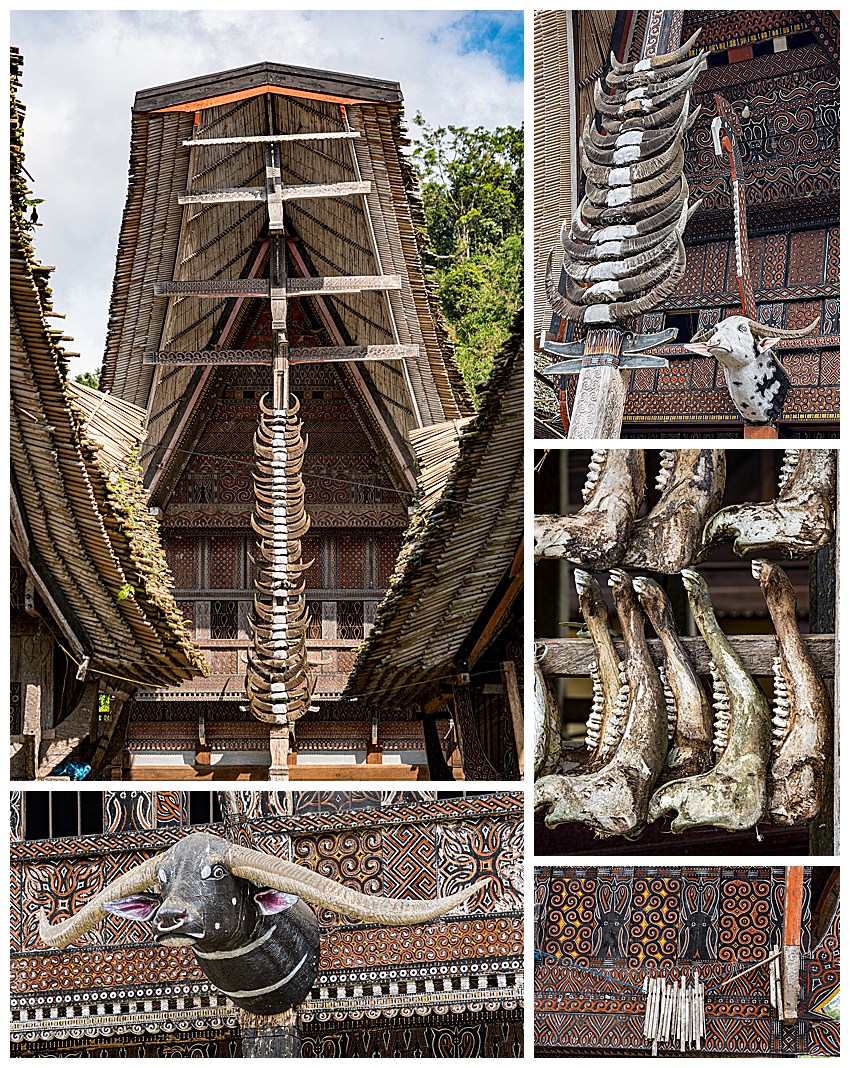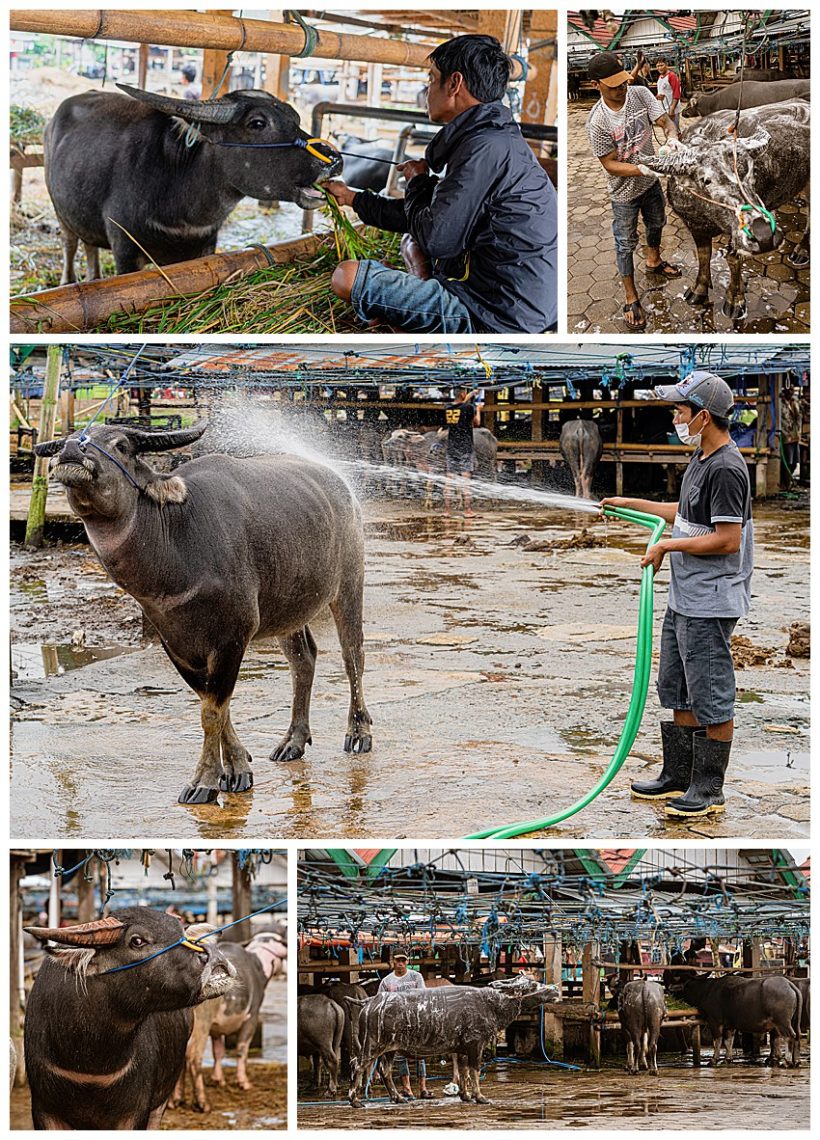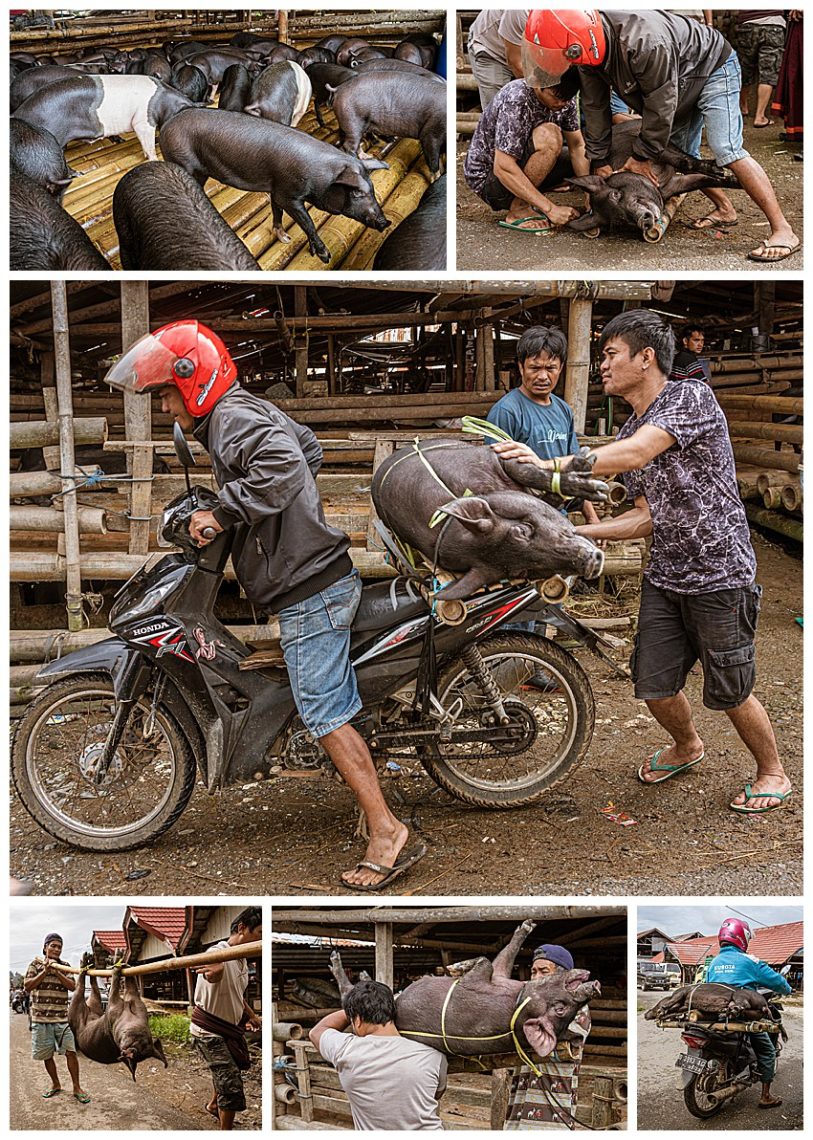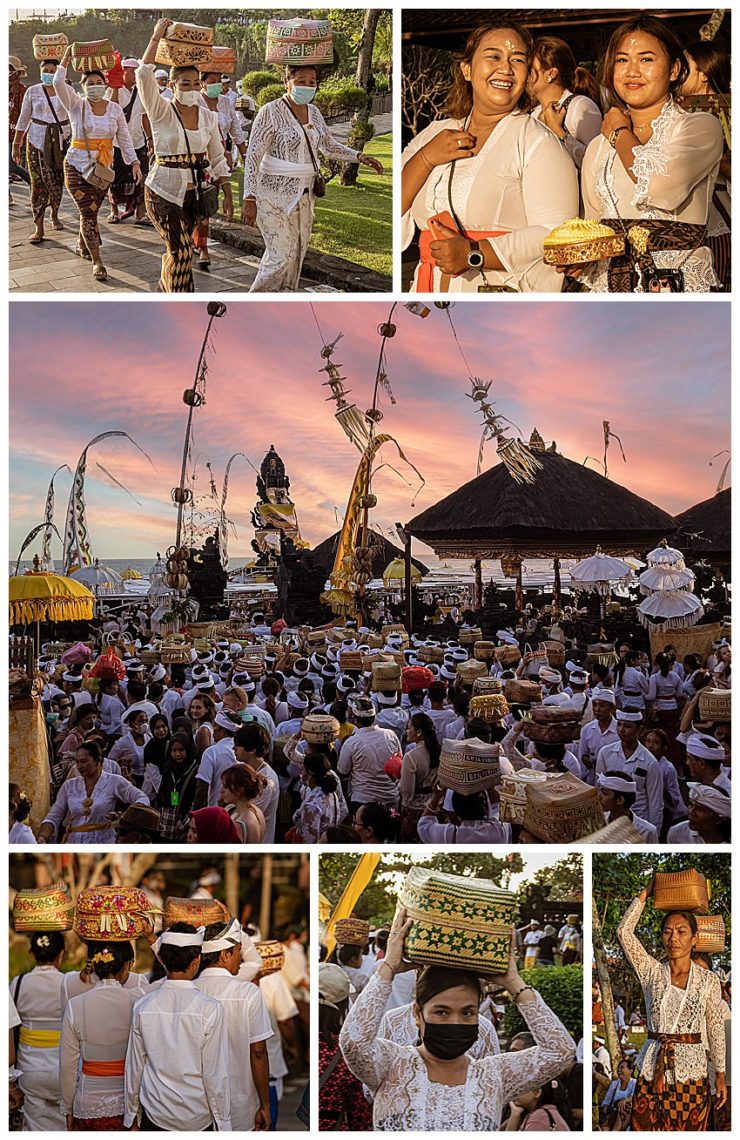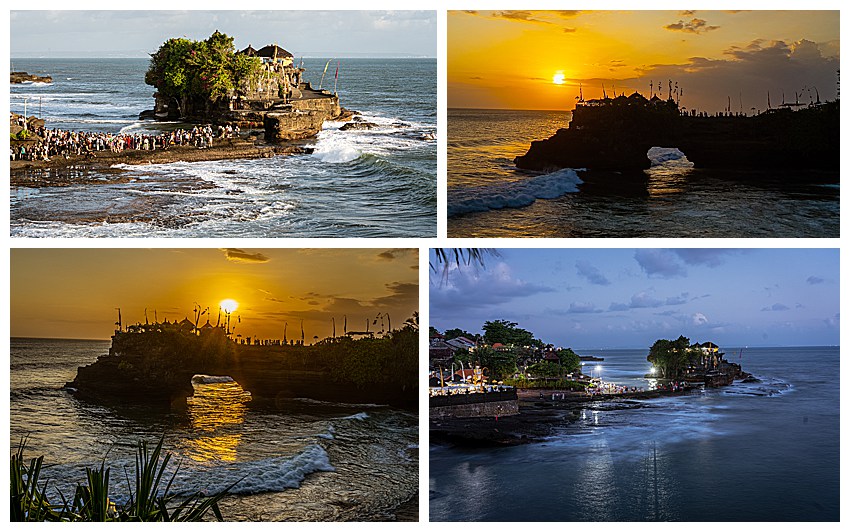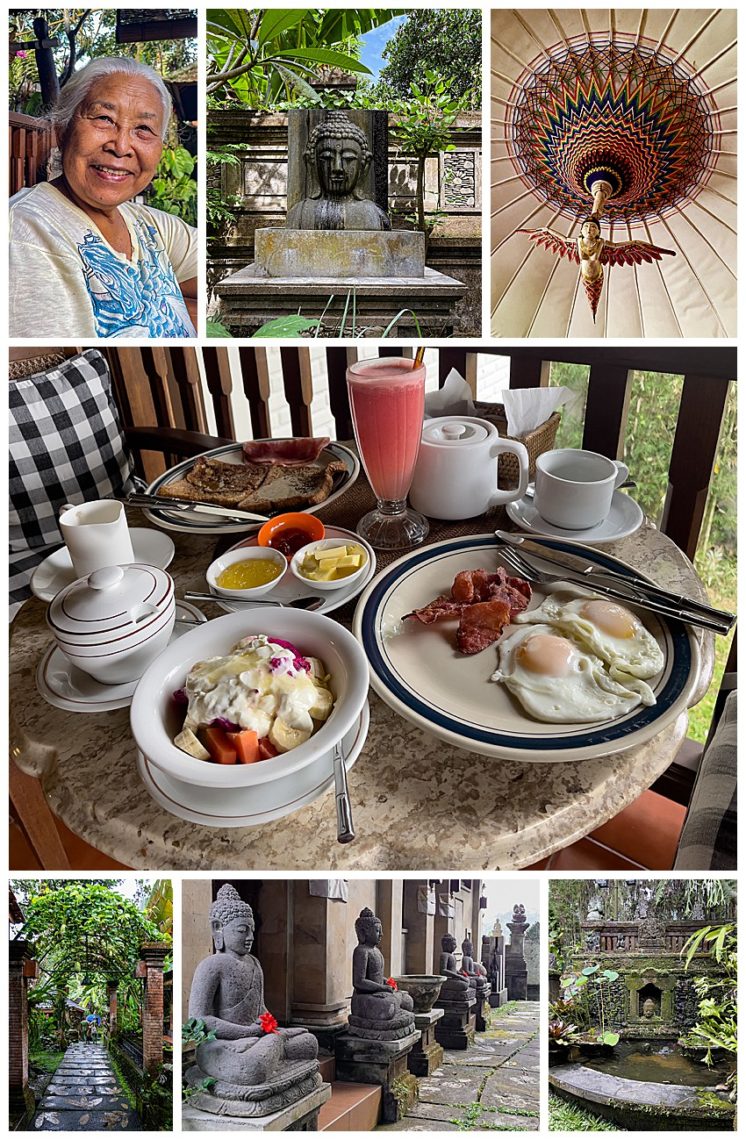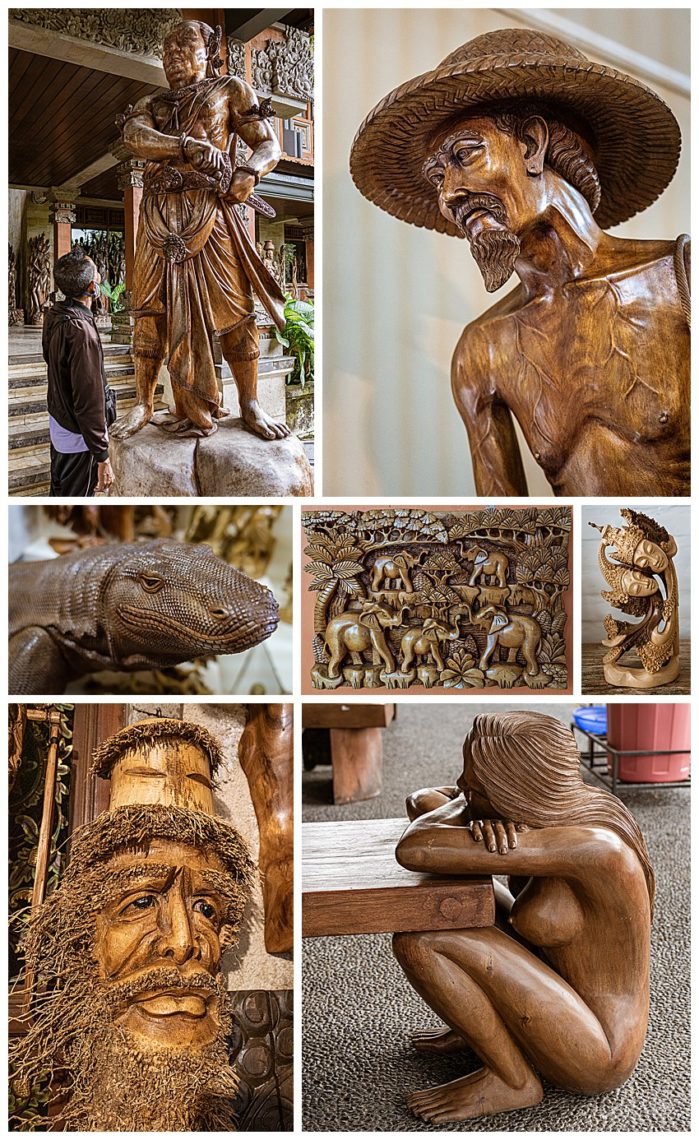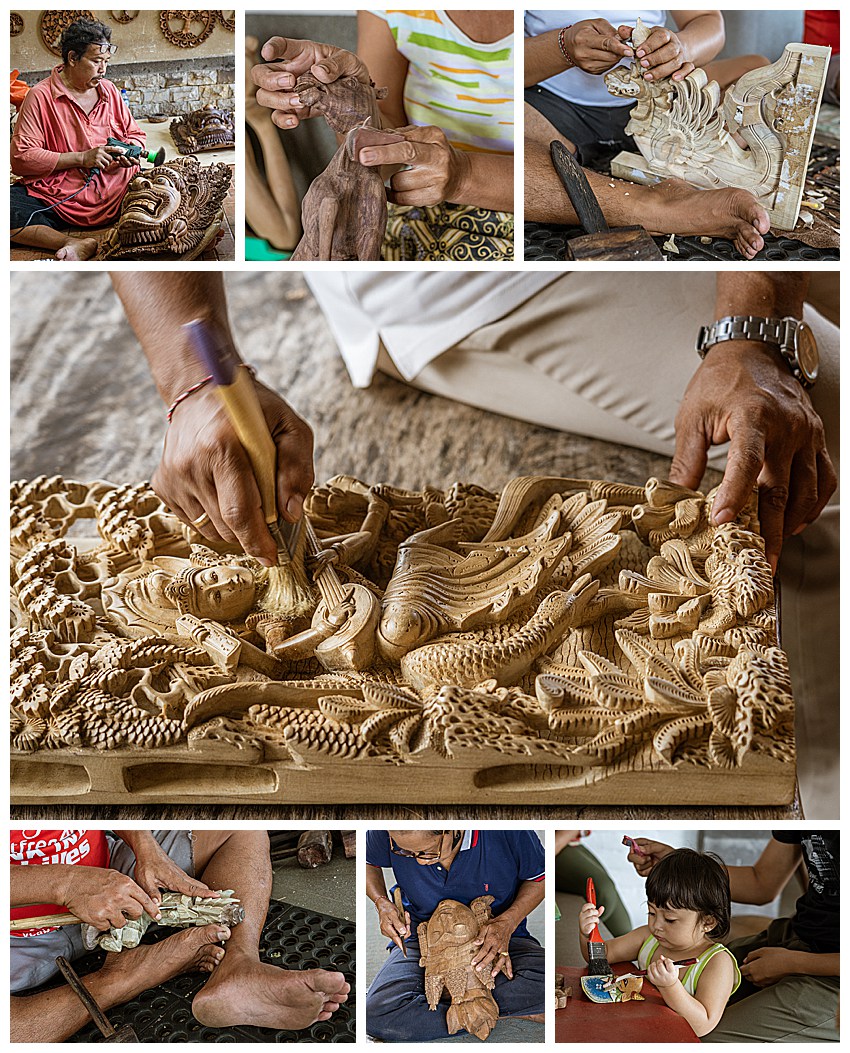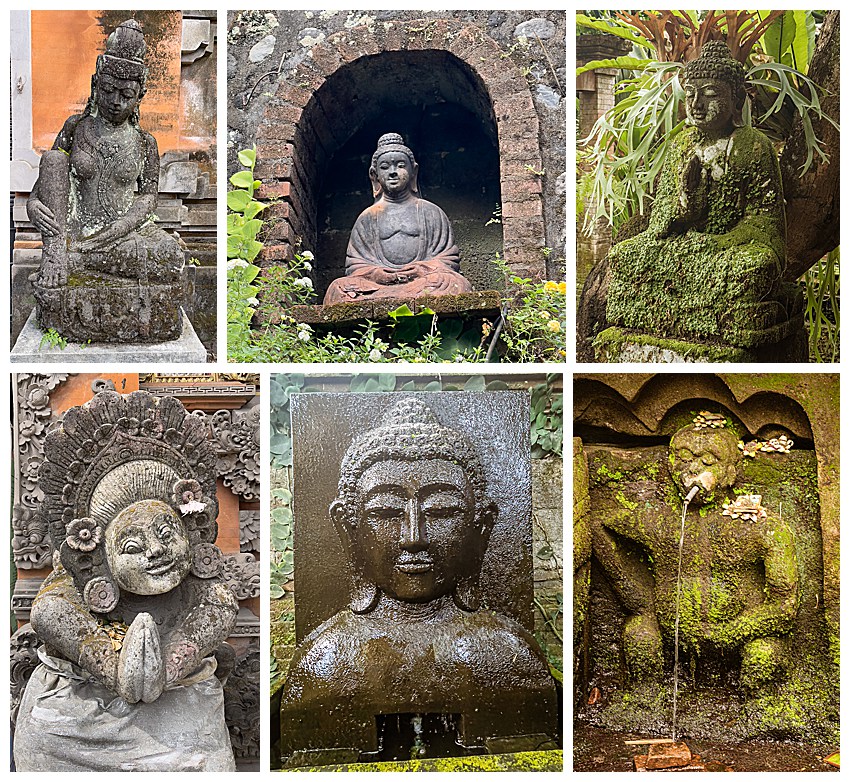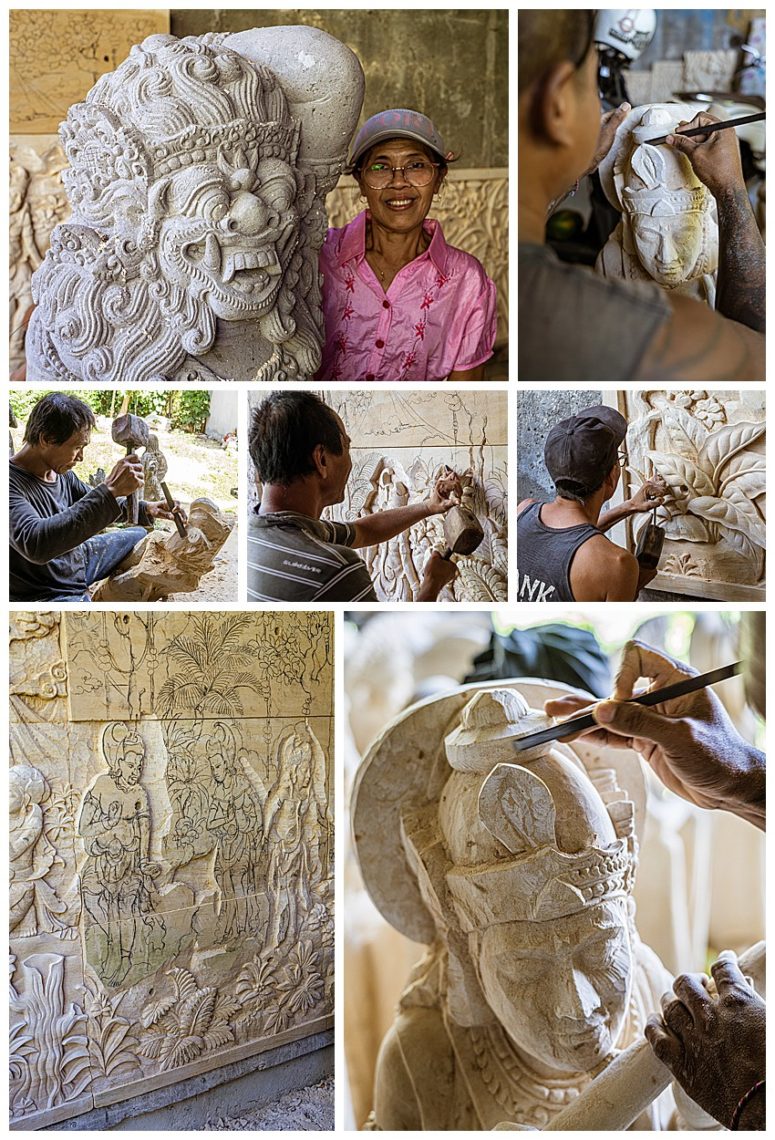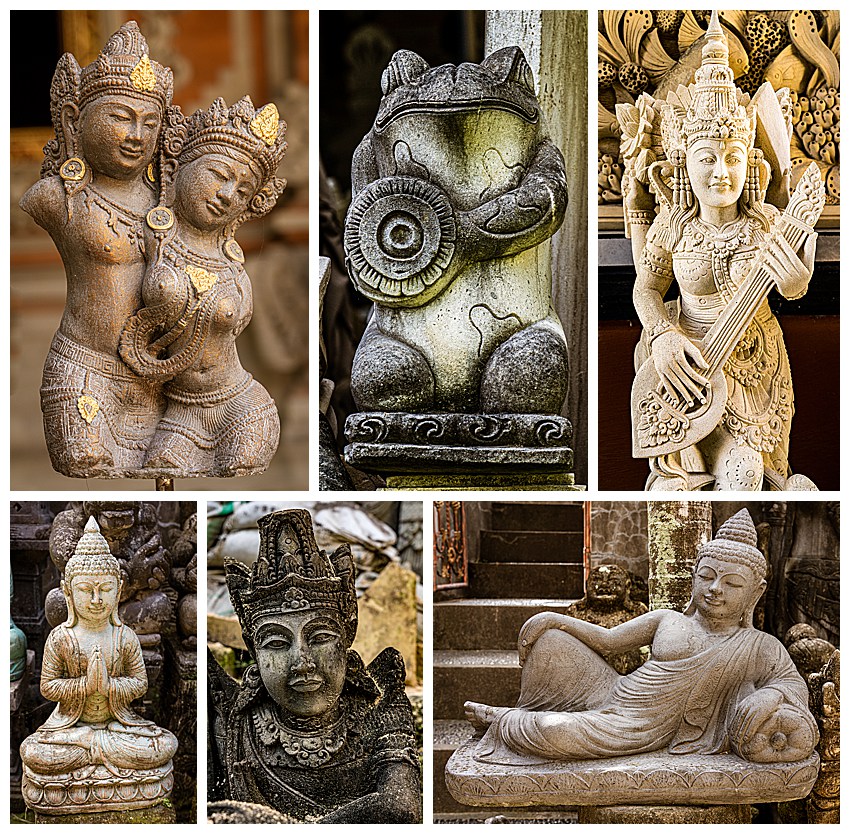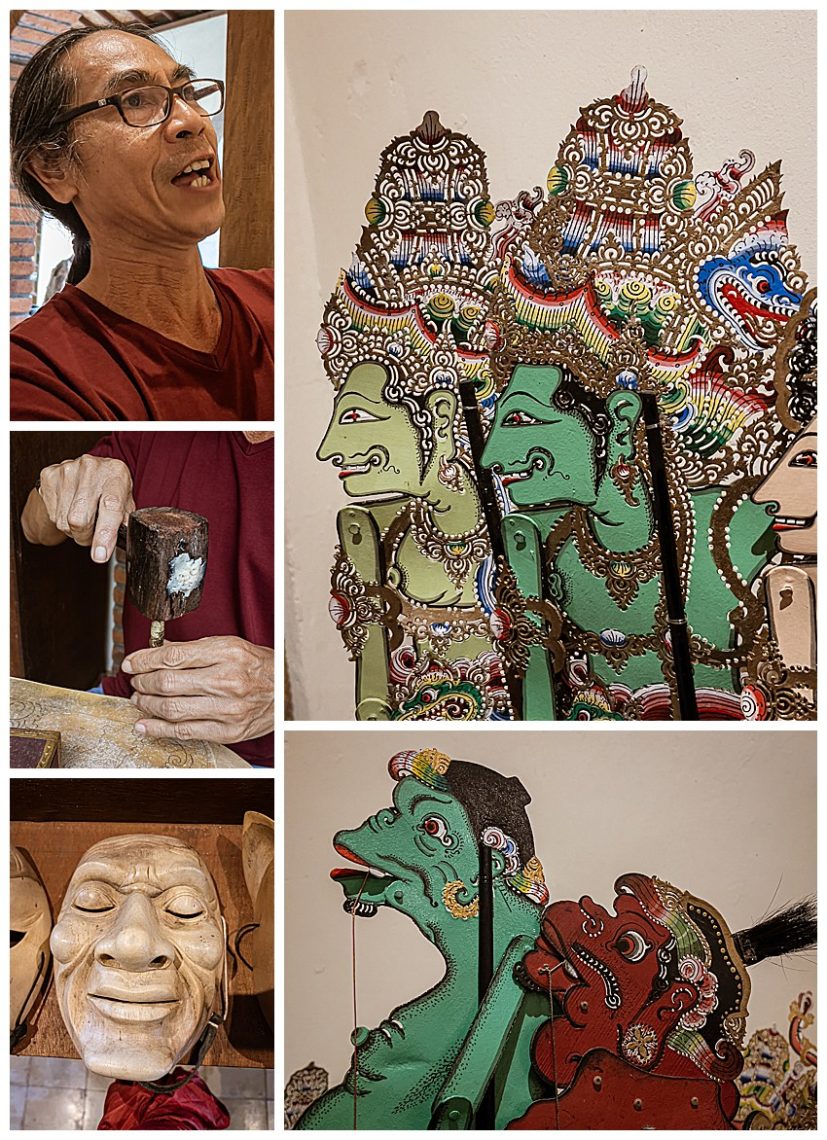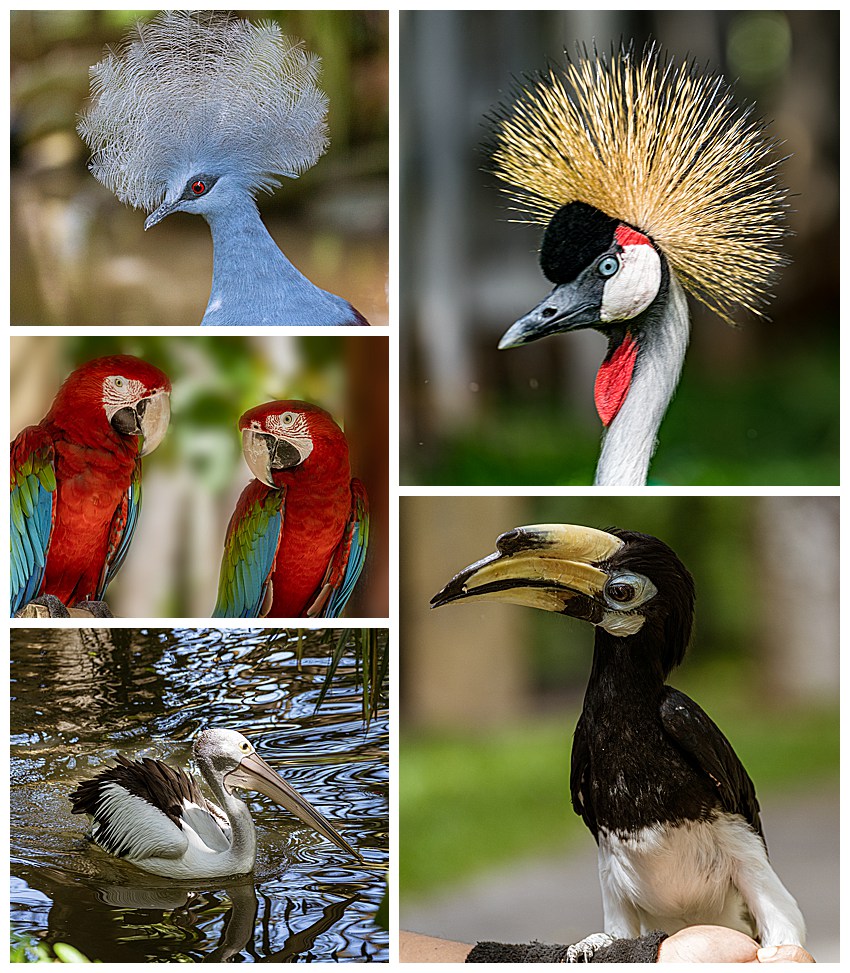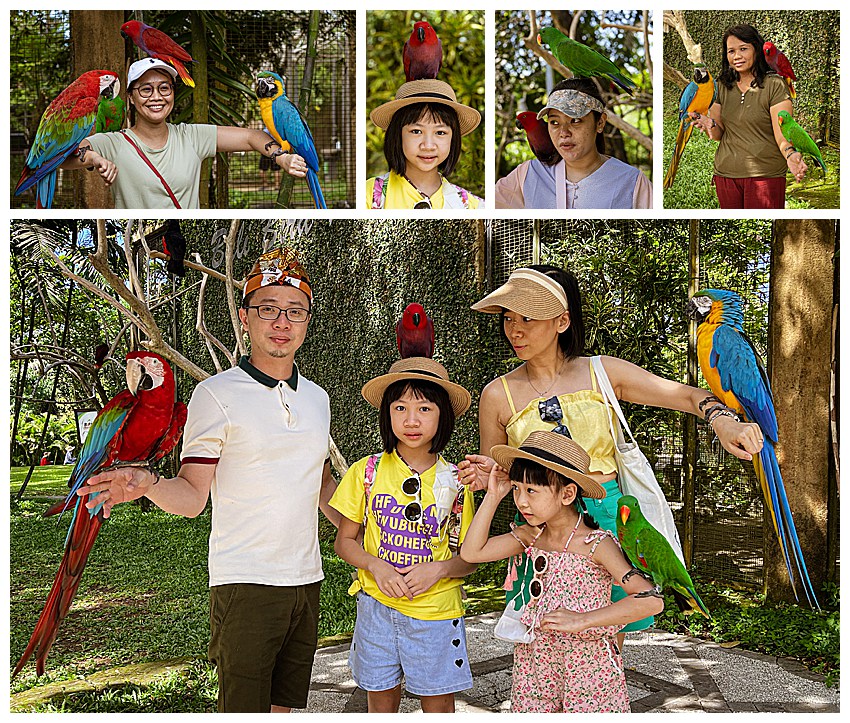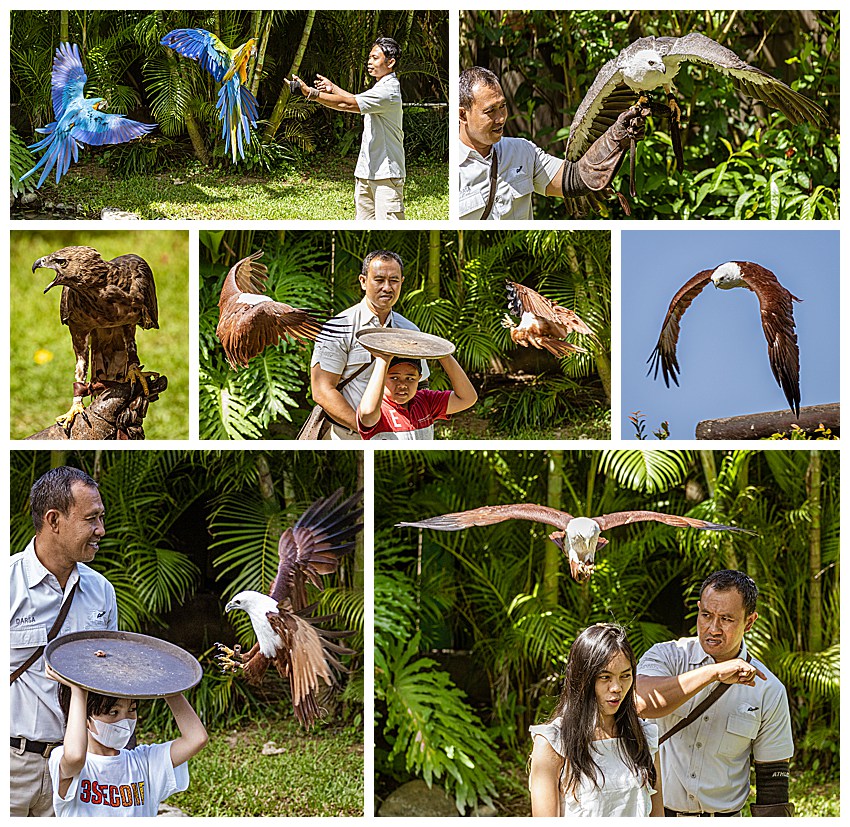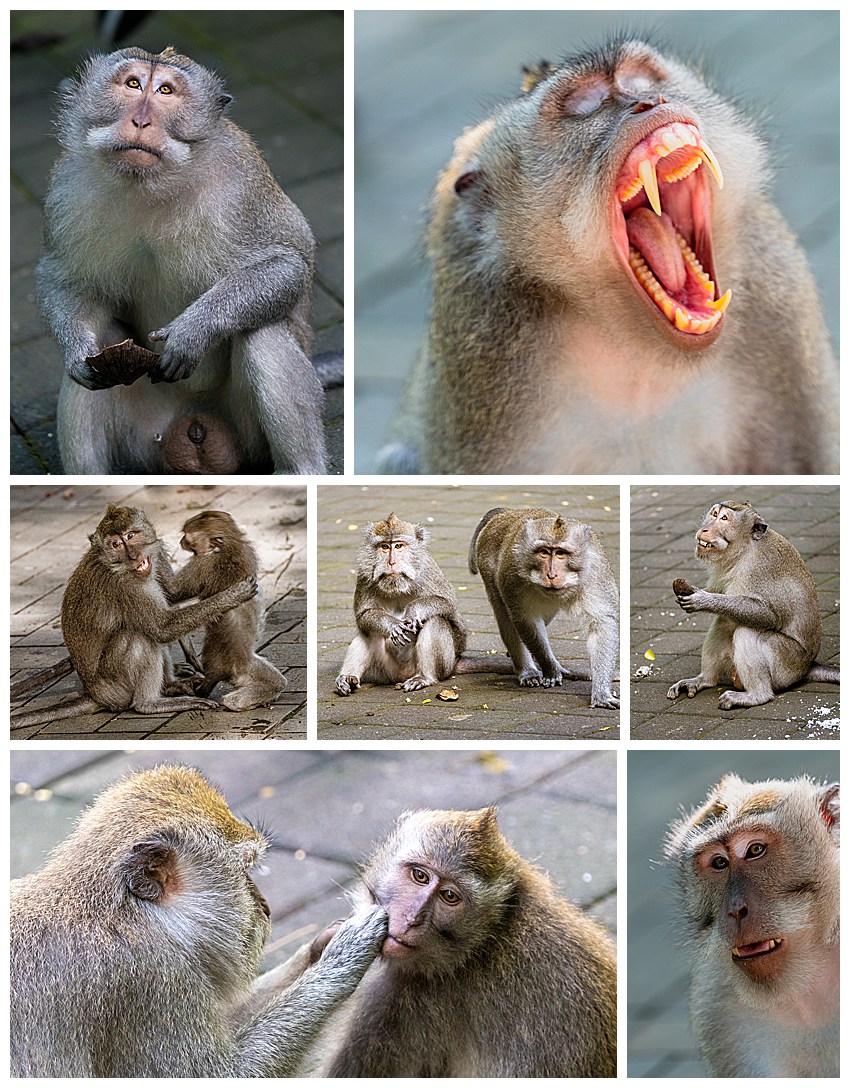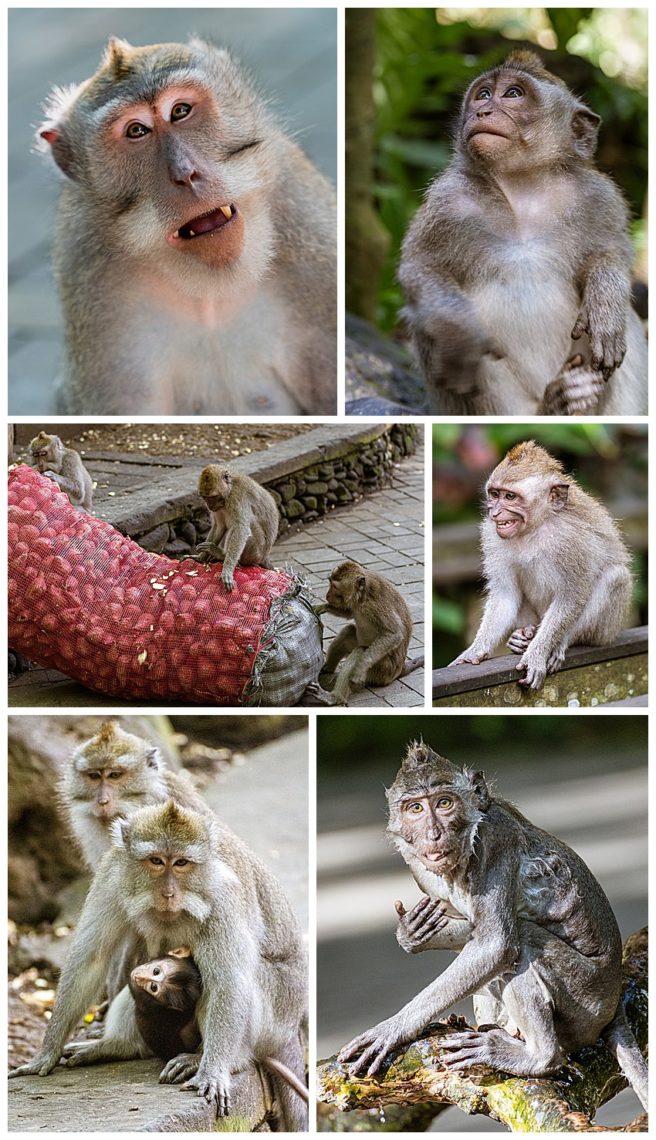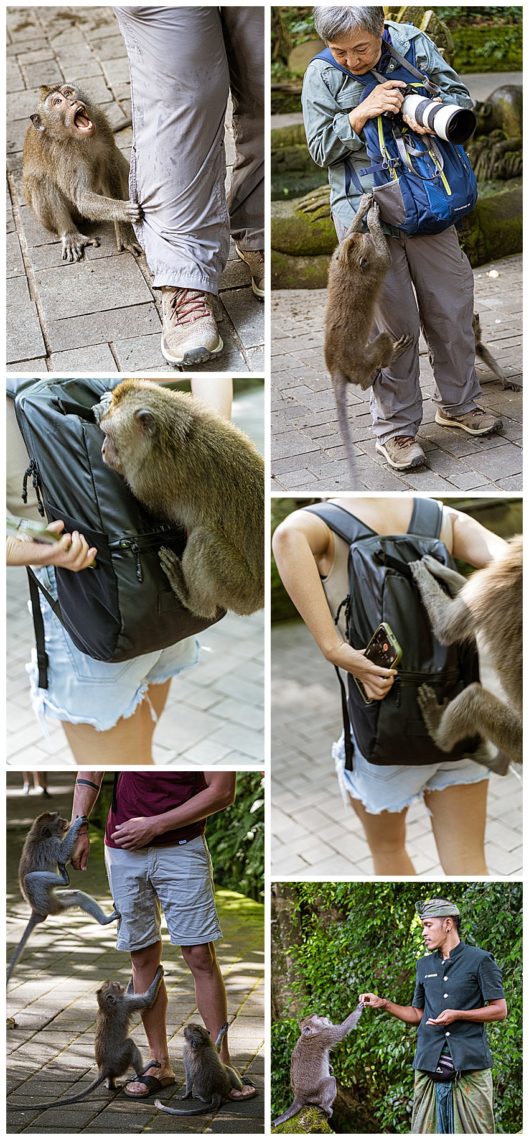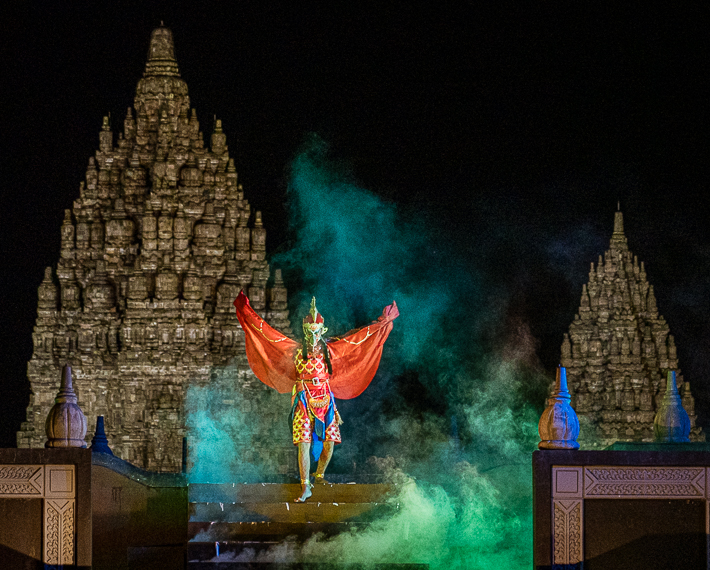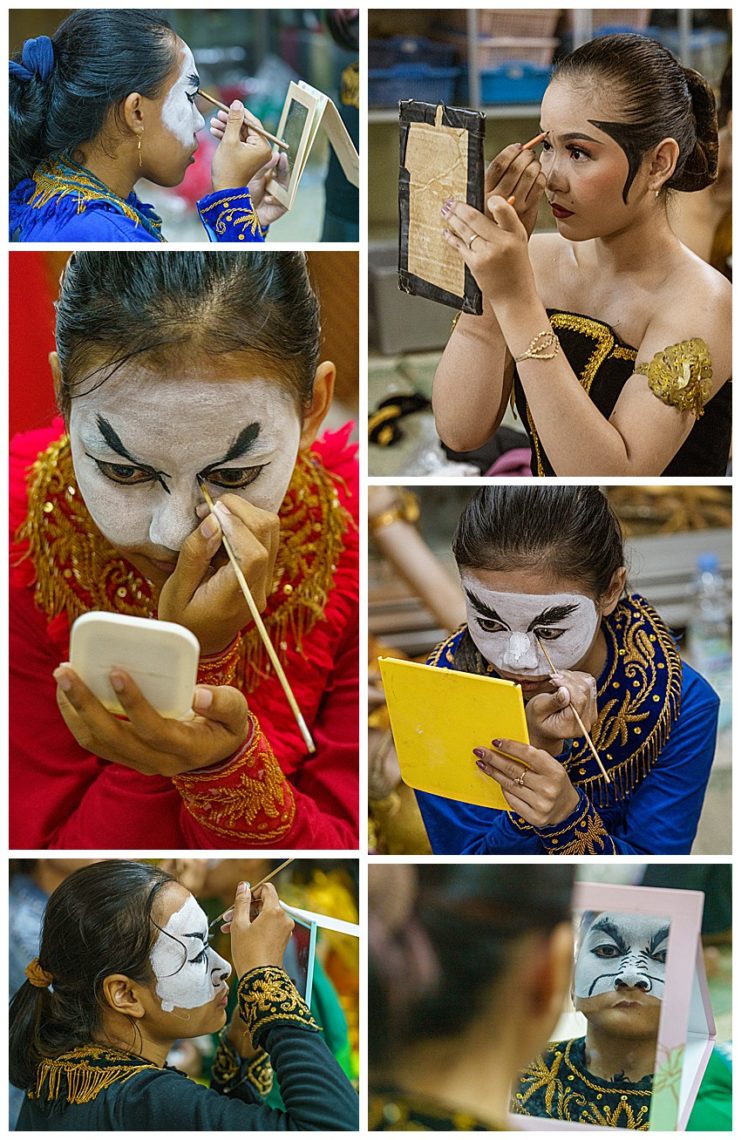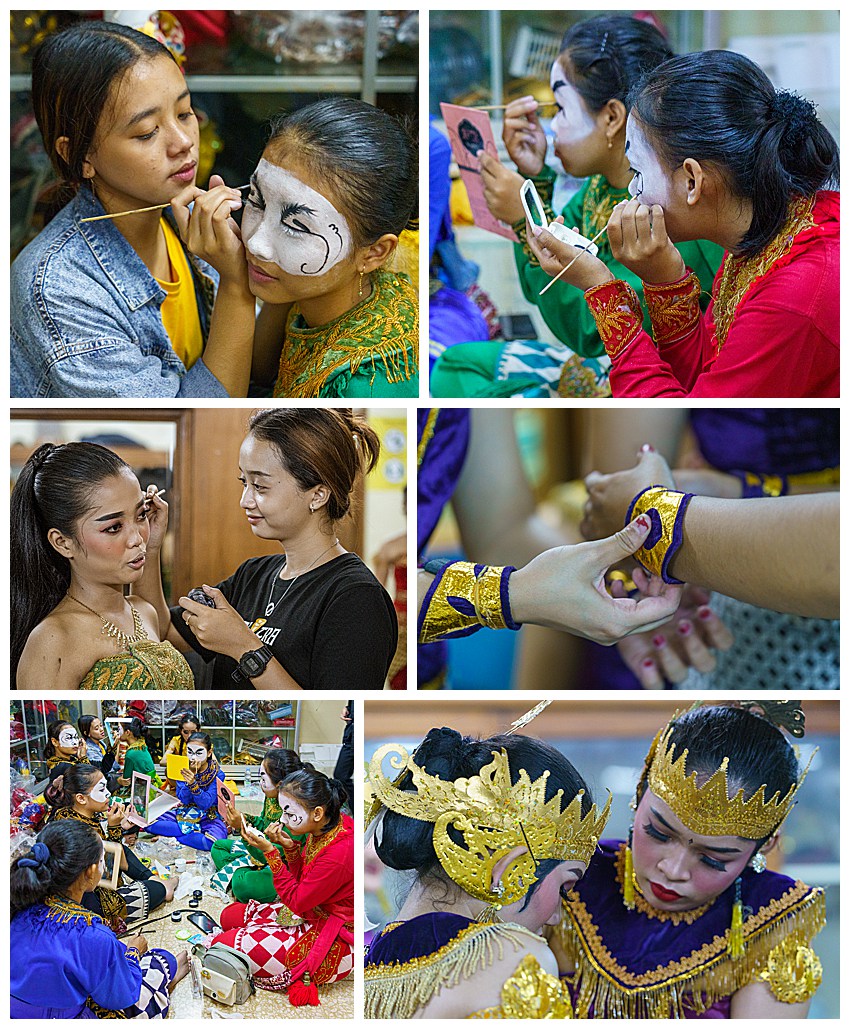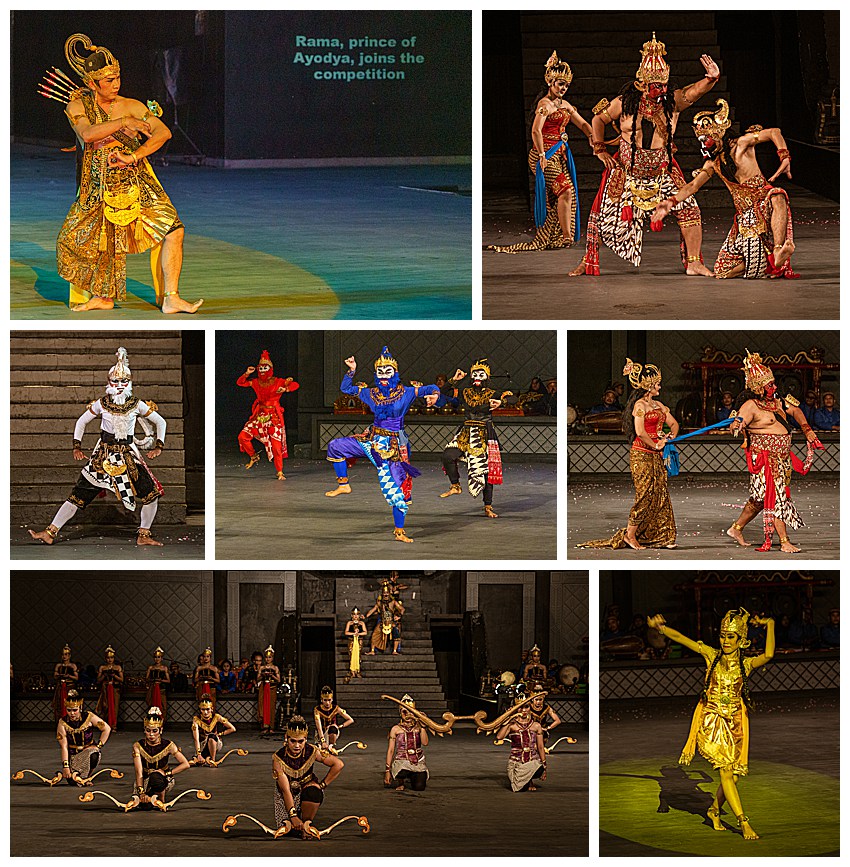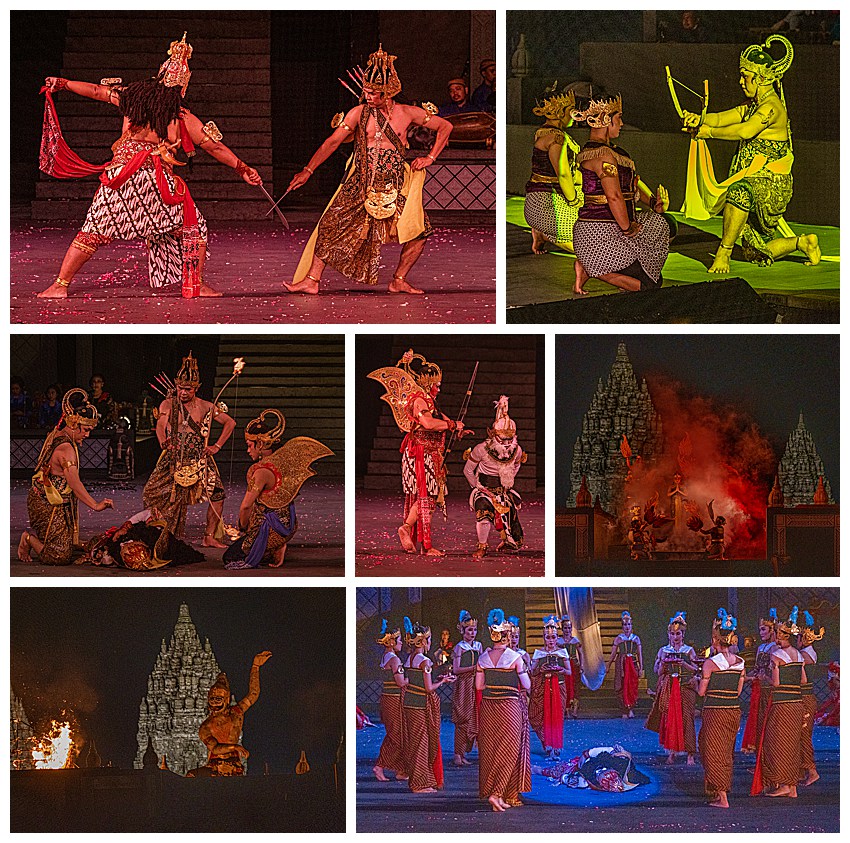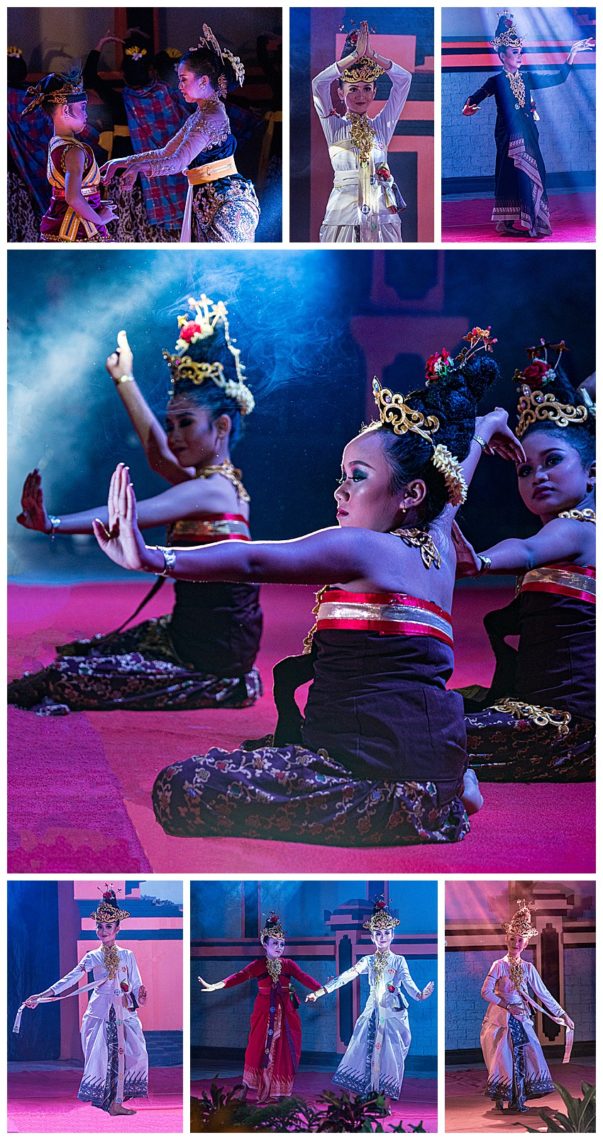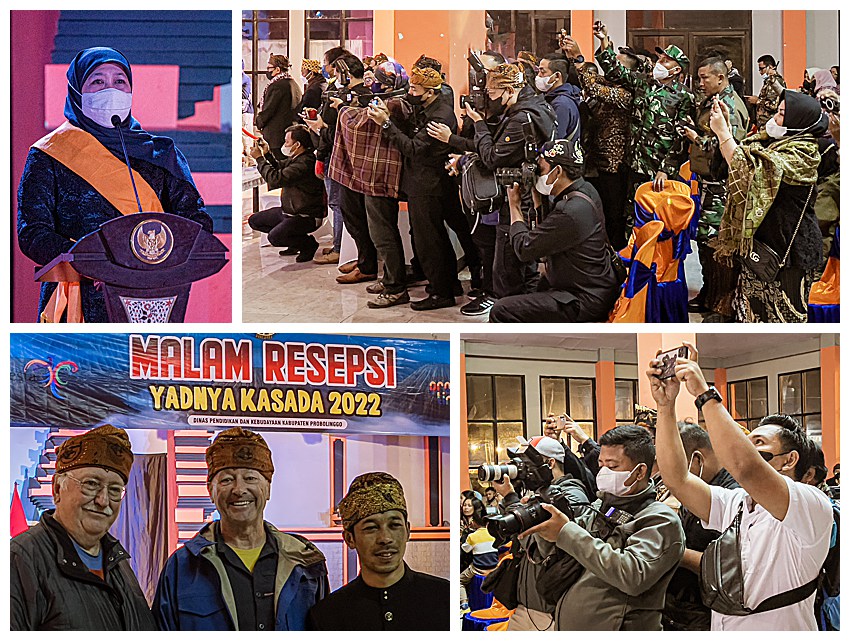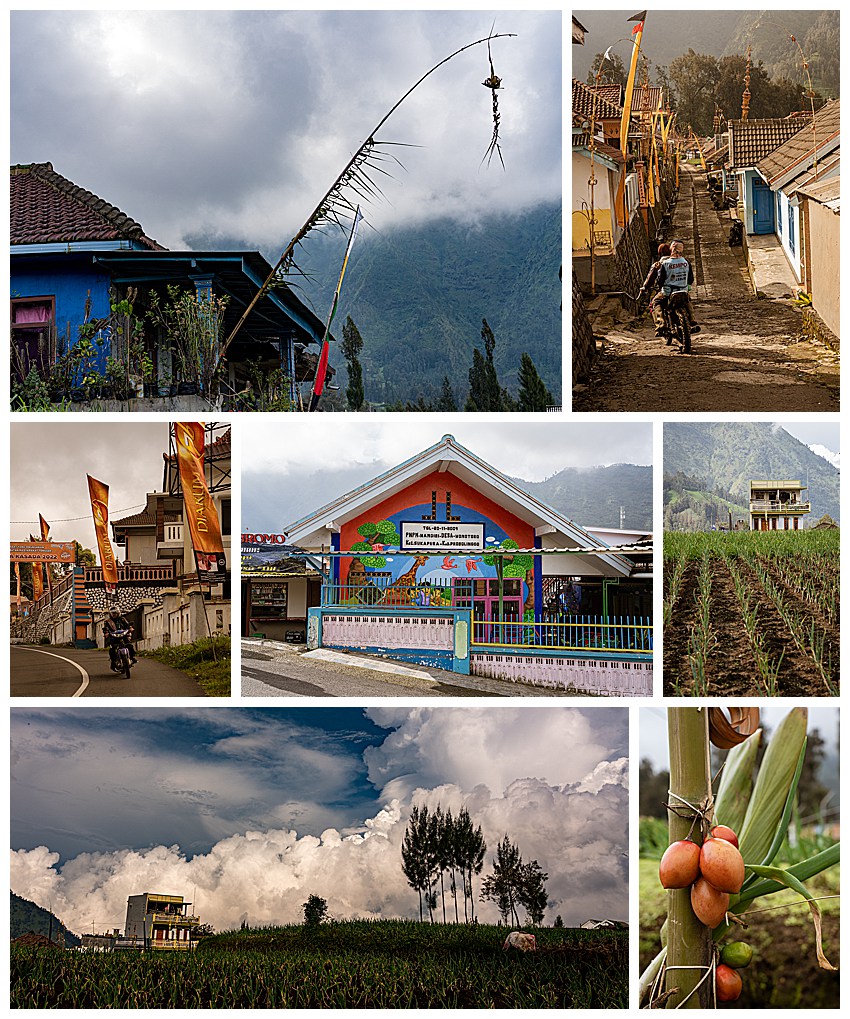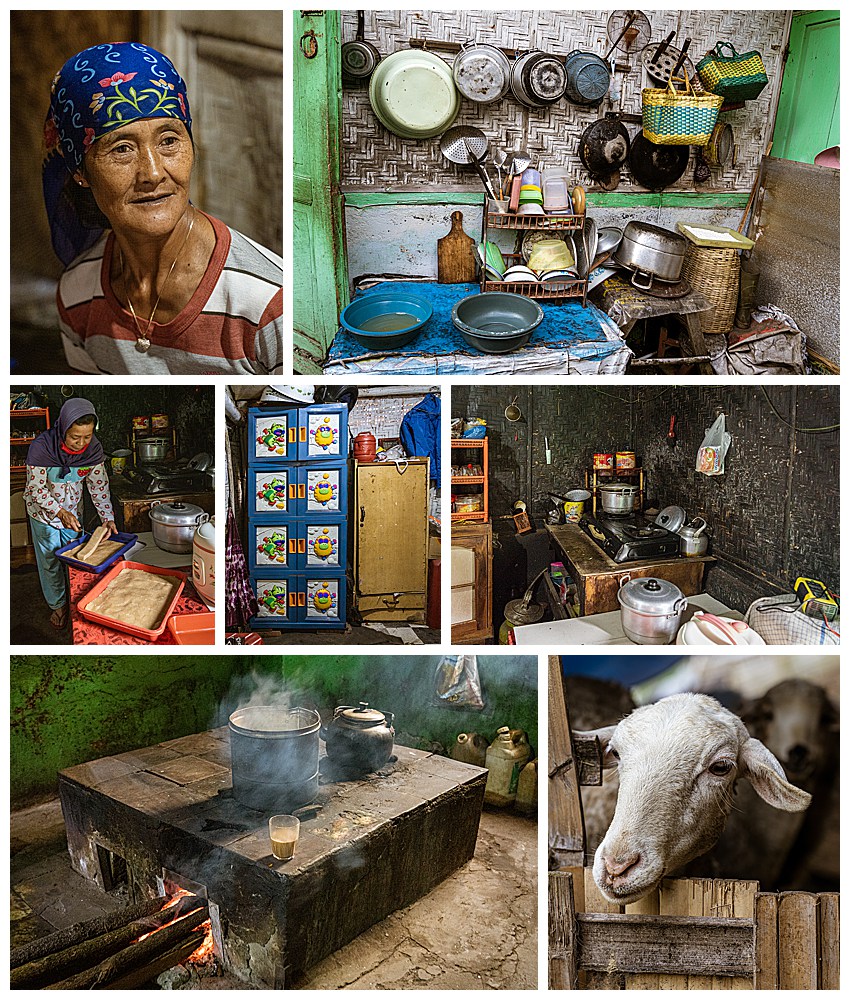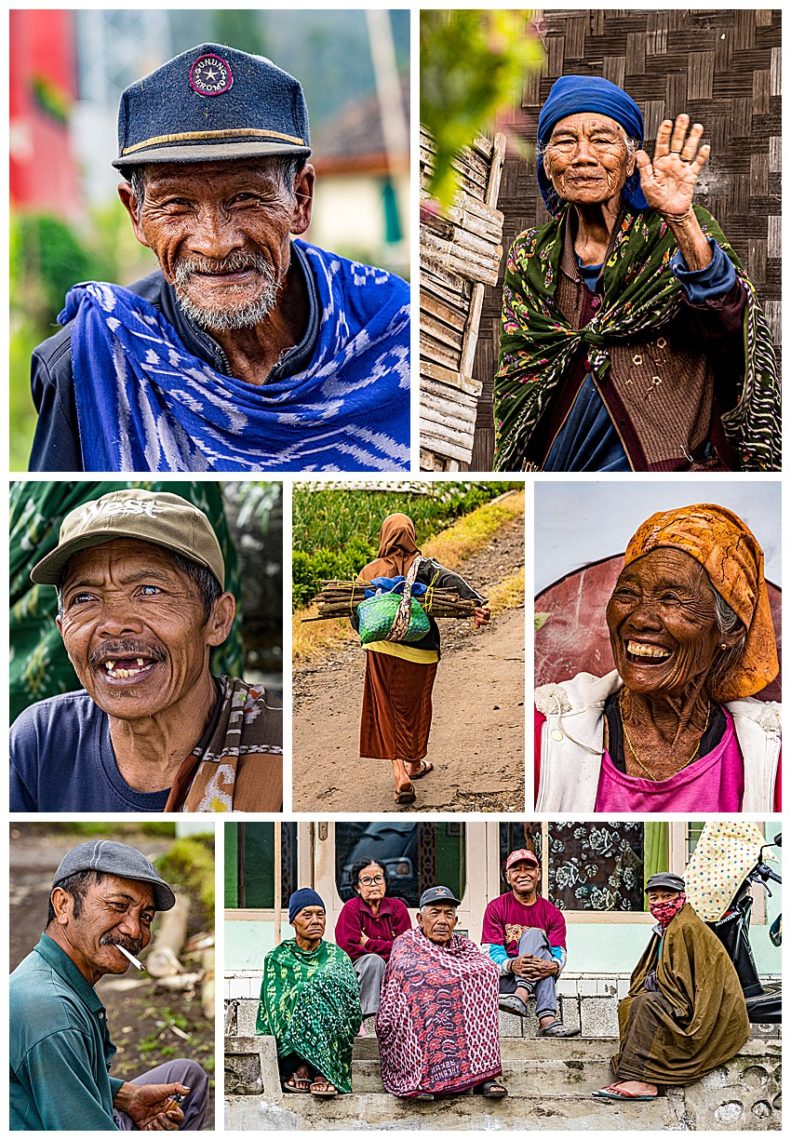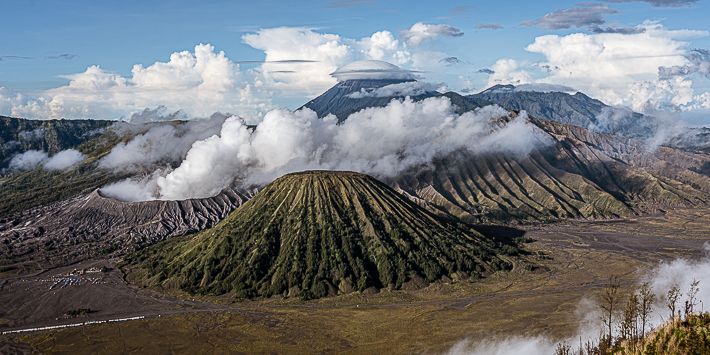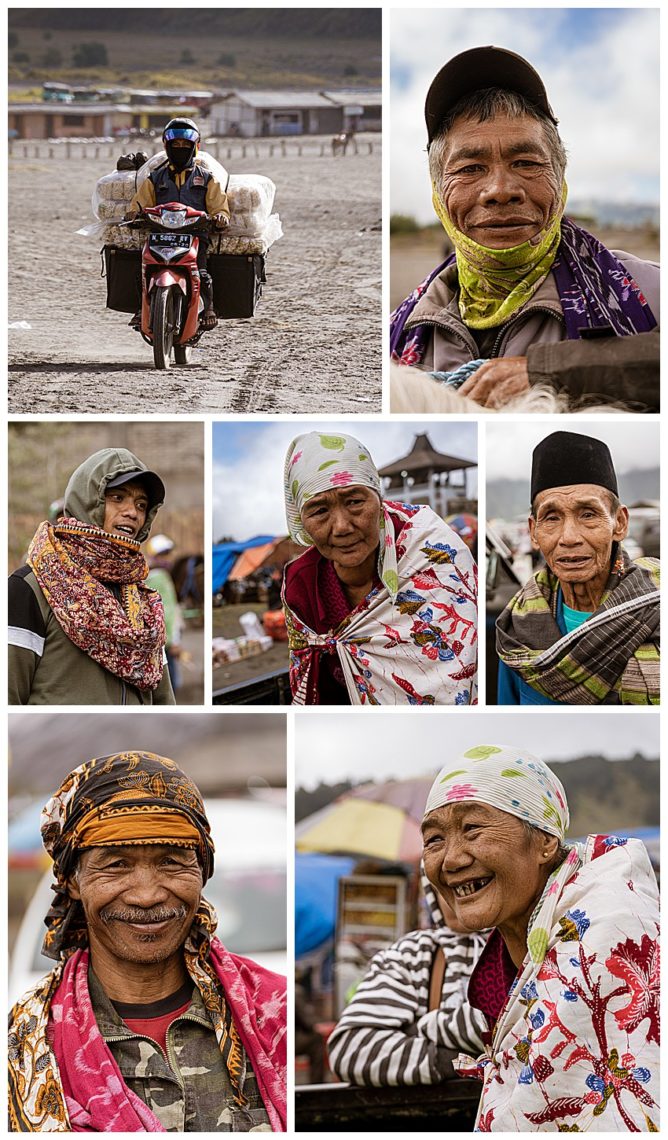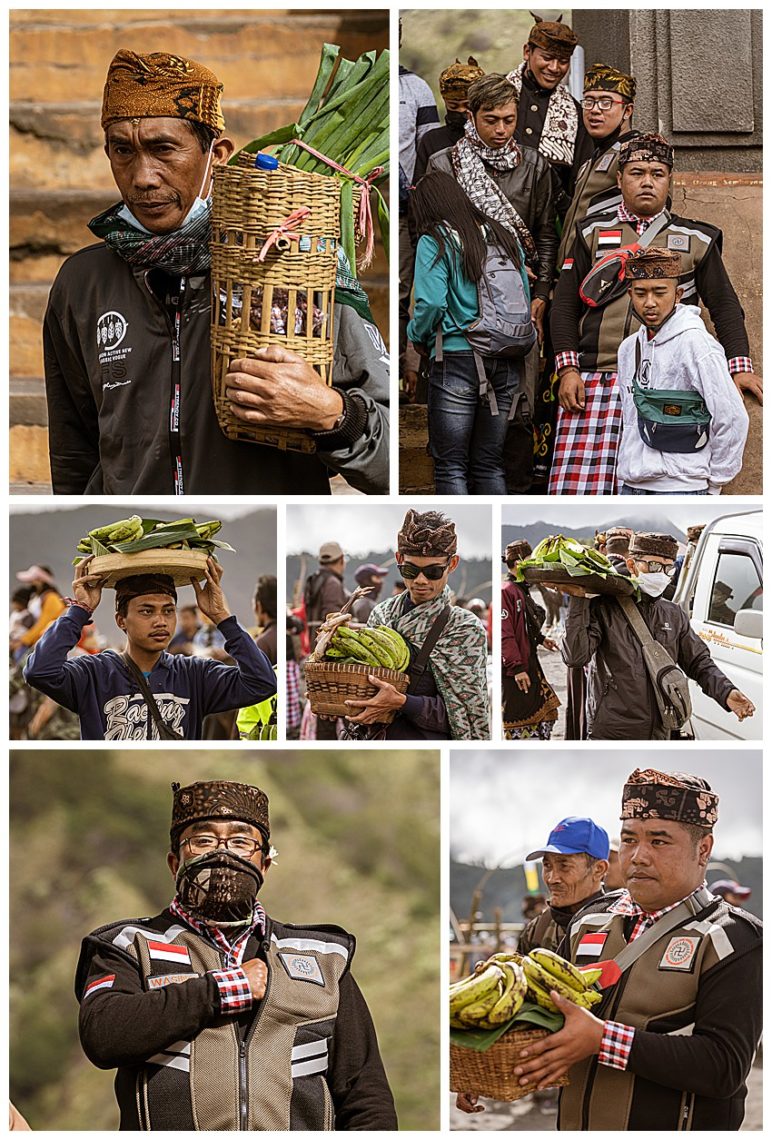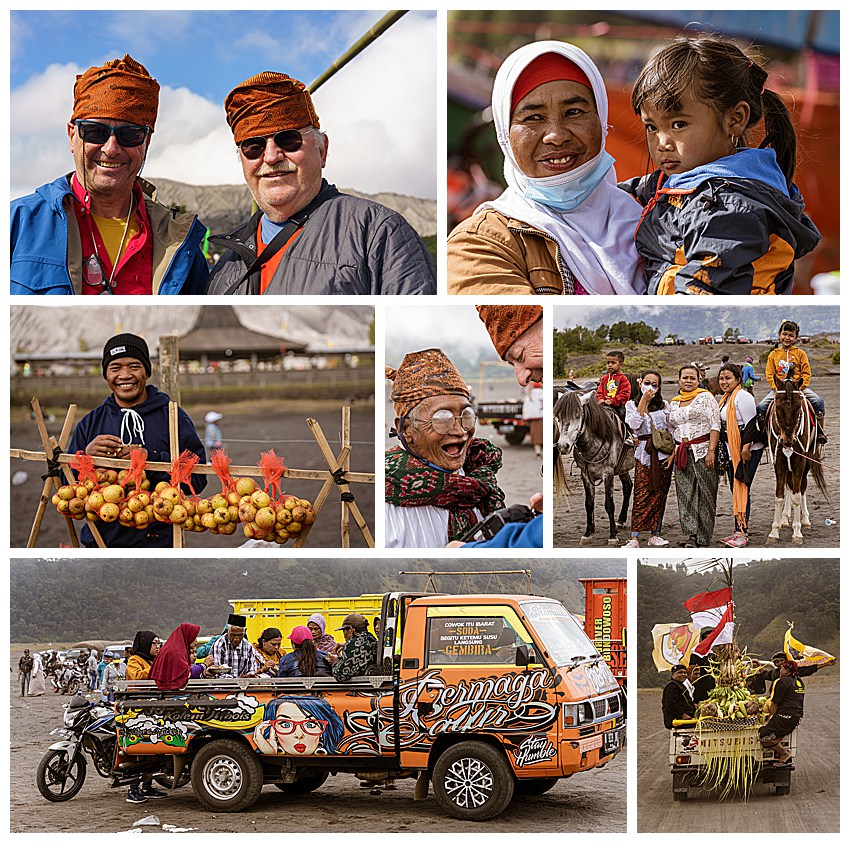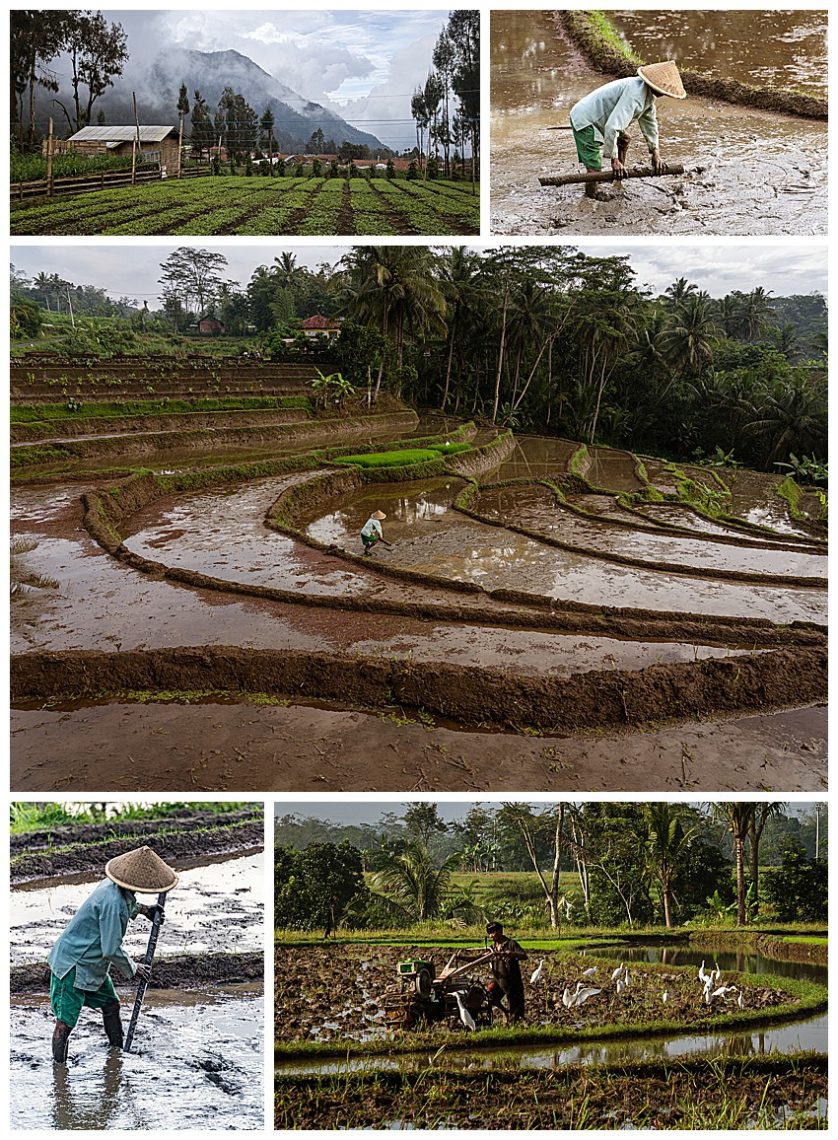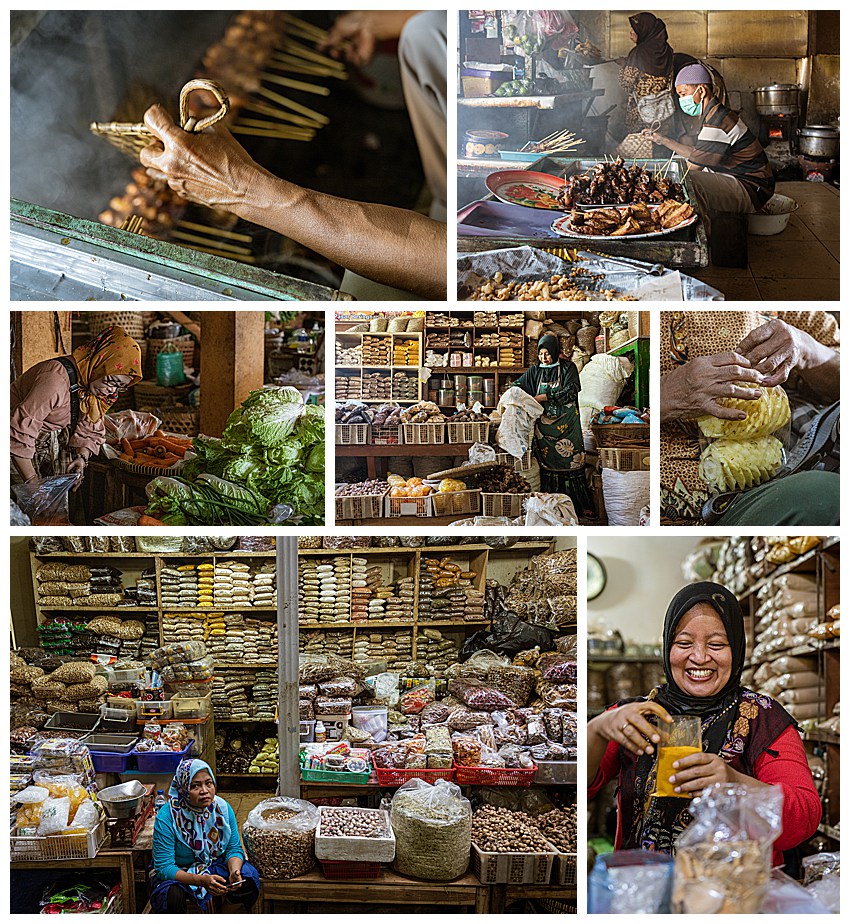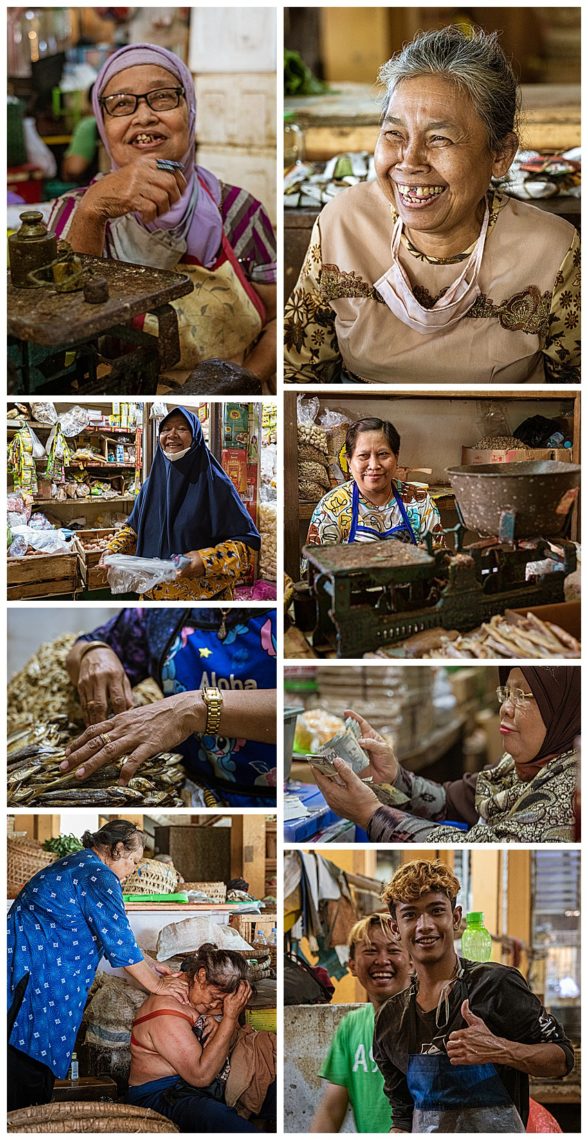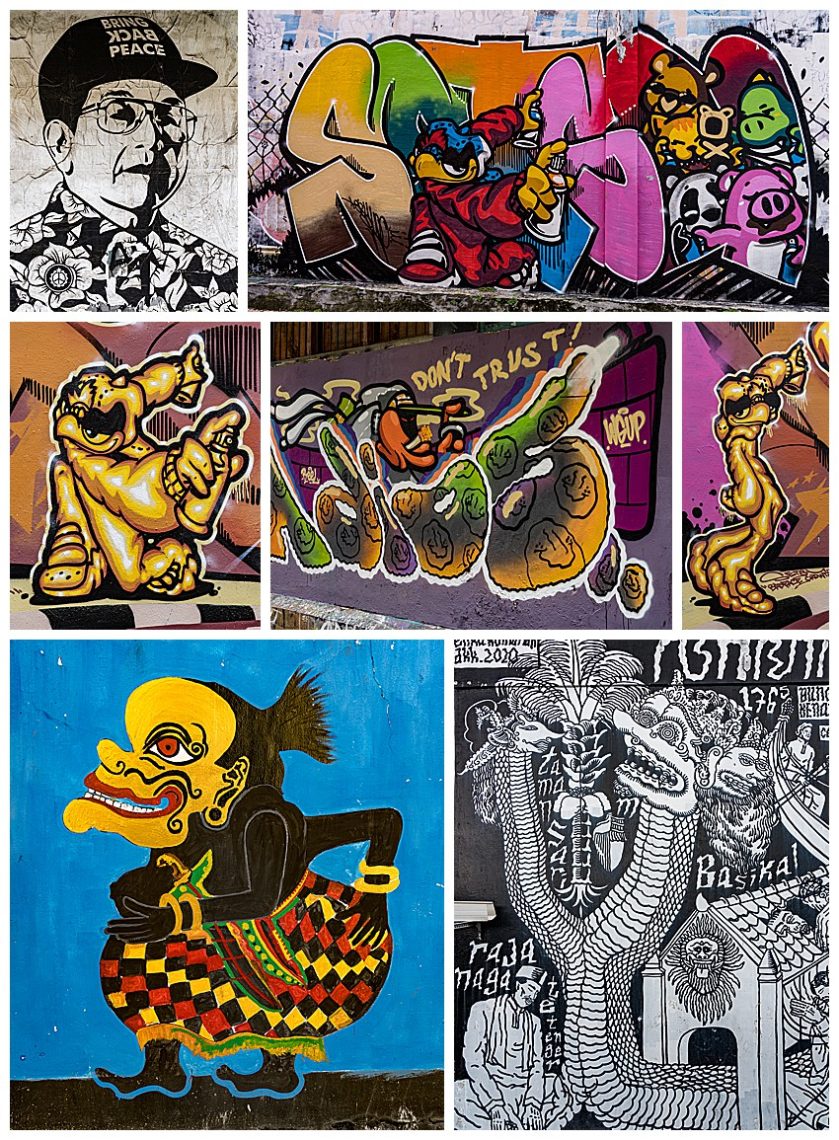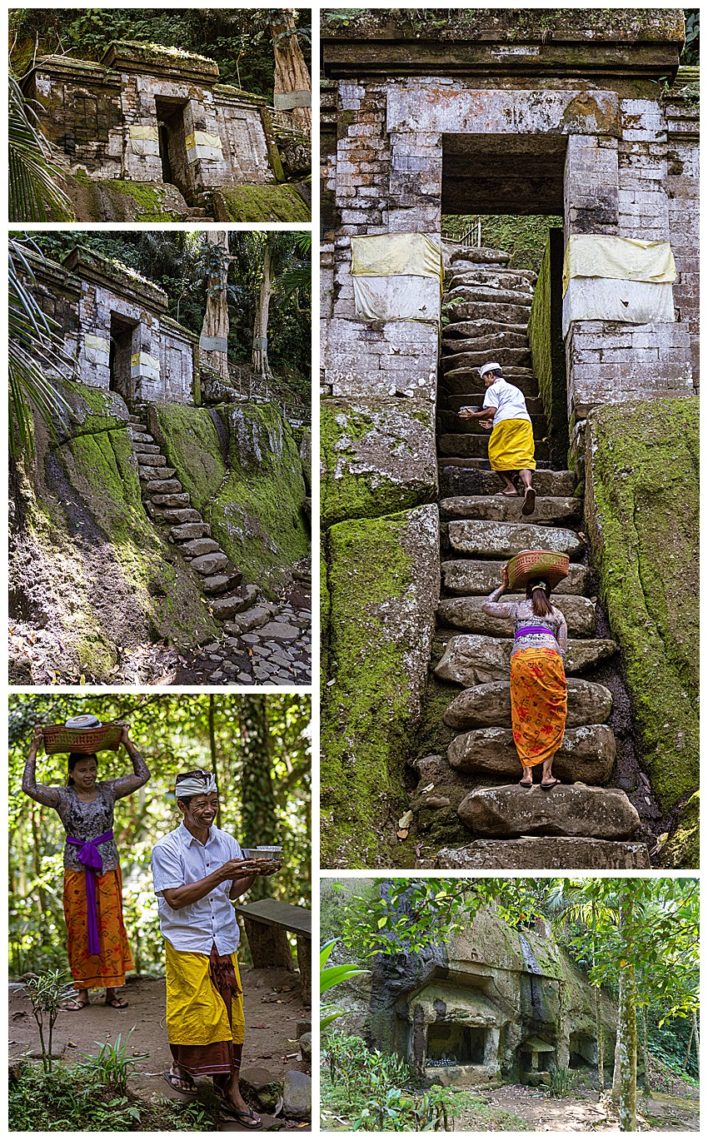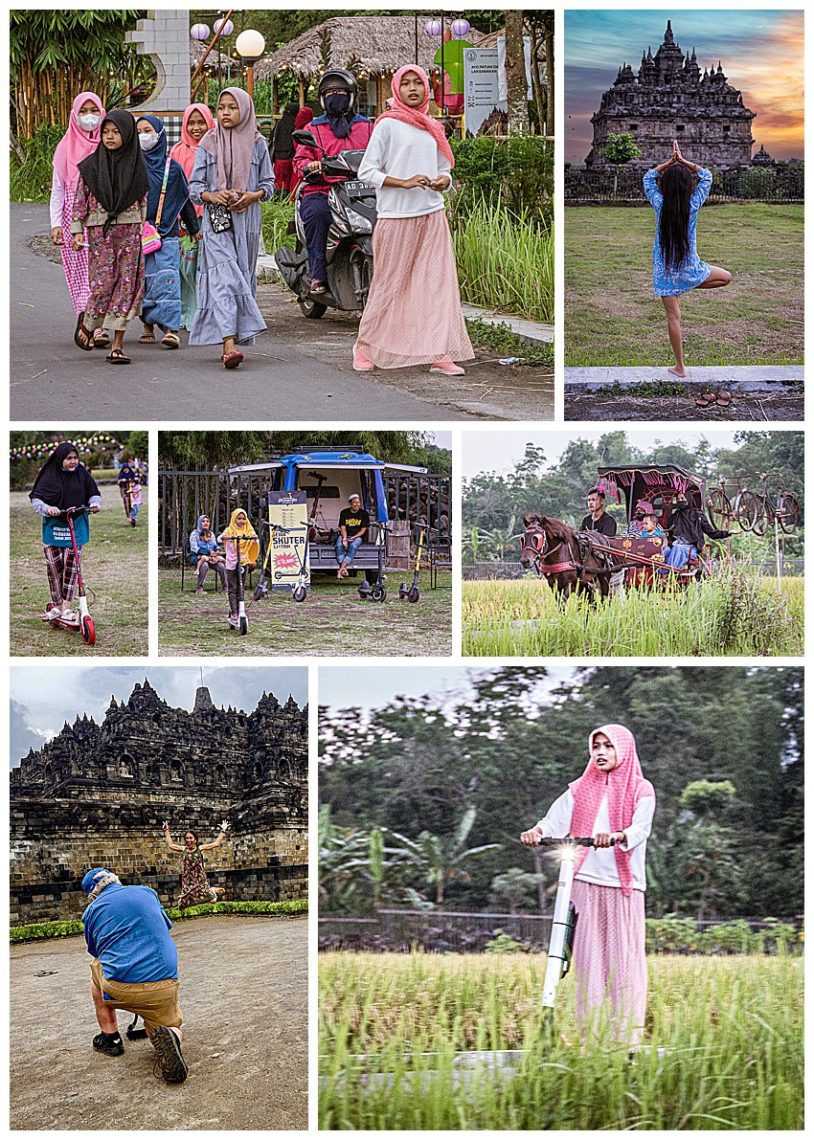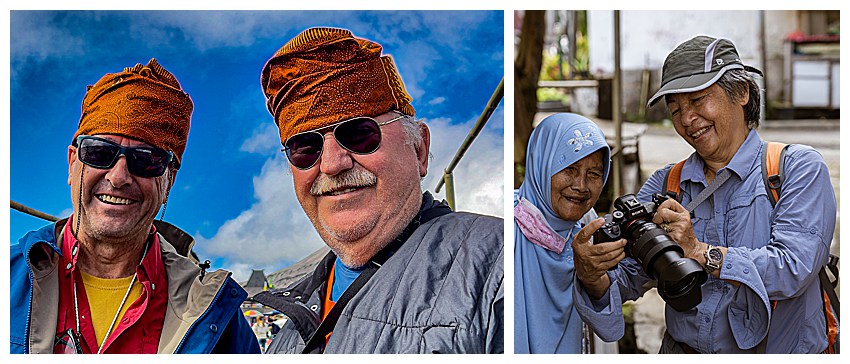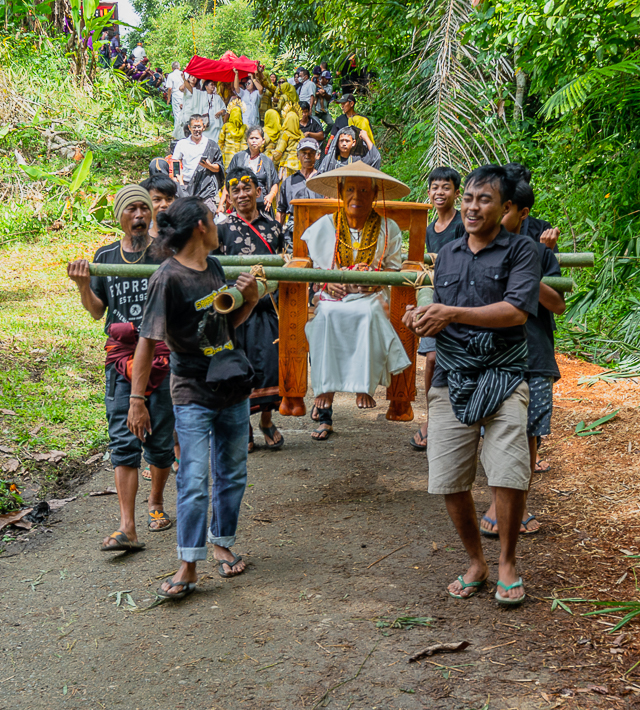
First off, we apologize for the amount of text in this blog post. Please read it all though. Torajan funerals are very complicated affairs that are likely completely foreign to anything you have ever seen or even considered. Without understanding some of this background, none of the photos or video will make sense.
Funerals in Toraja are long, complicated affairs, often years in planning, with days of activities, and hundreds of animals sacrificed, which are expected to follow the deceased into the afterlife. The wealth and prestige of a family is measured partly by the number of water buffalo and pigs to be sacrificed at the funeral, to accompany the body to Puya, or heaven. The funeral process lasts 3 or 4 days, and sometimes up to two weeks, to ensure that all family and guests have had a chance to say good bye.
We attended our first funeral in Toraja for a very wealthy woman, Puang Agustine Saripan Sampeau Ranteallo in the village of Tarongko. She had 16 children, and was well connected with the government. For this funeral, there were more than 65 water buffalo sacrificed and at least 300 pigs. We only attended the first day of the event, which always revolves around carrying the body for viewing, and the sacrifice of water buffalos.
Funerals in Toraja follow very strict and very detailed protocols. Each step is critical in the Torajan traditions, to ensure that the deceased properly find their way to heaven, rather that hanging around the descendants and giving them bad luck.
The scene above occurs on the first day of the funeral, when the body of the deceased is moved from the home they lived in, to a temporary staging area. That is where the festivities start. Initially, a wooden effigy (or “tau tau”) of the deceased, is brought down in a procession. We will see more of this later in this post.
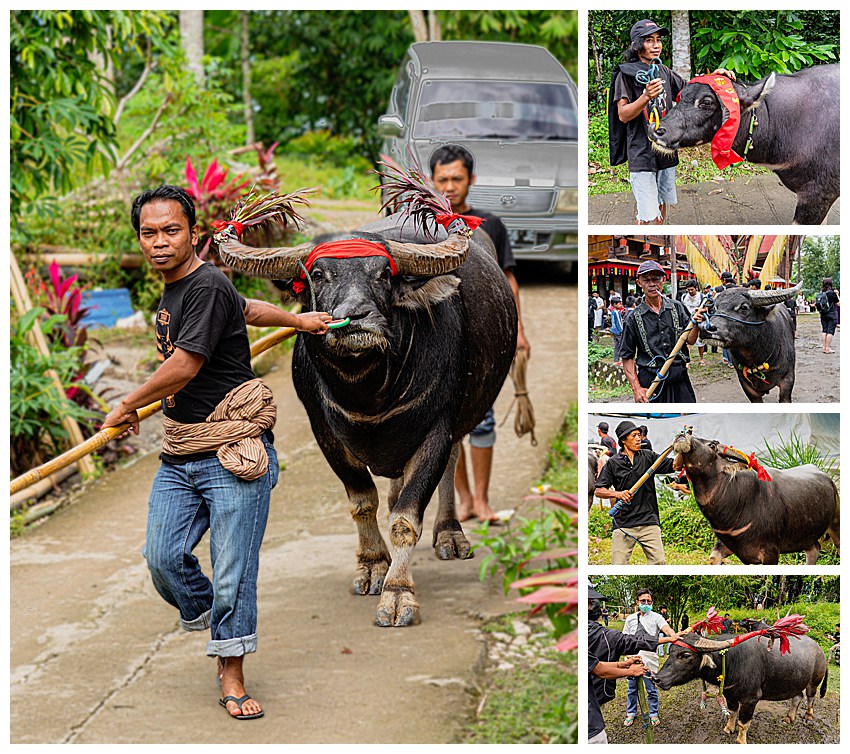
Family and friends walk their water buffalo to the grounds of the funeral festivities, as seen above. The more blood, the faster the transition to Puya (Heaven). Only then are the spirits finally released.
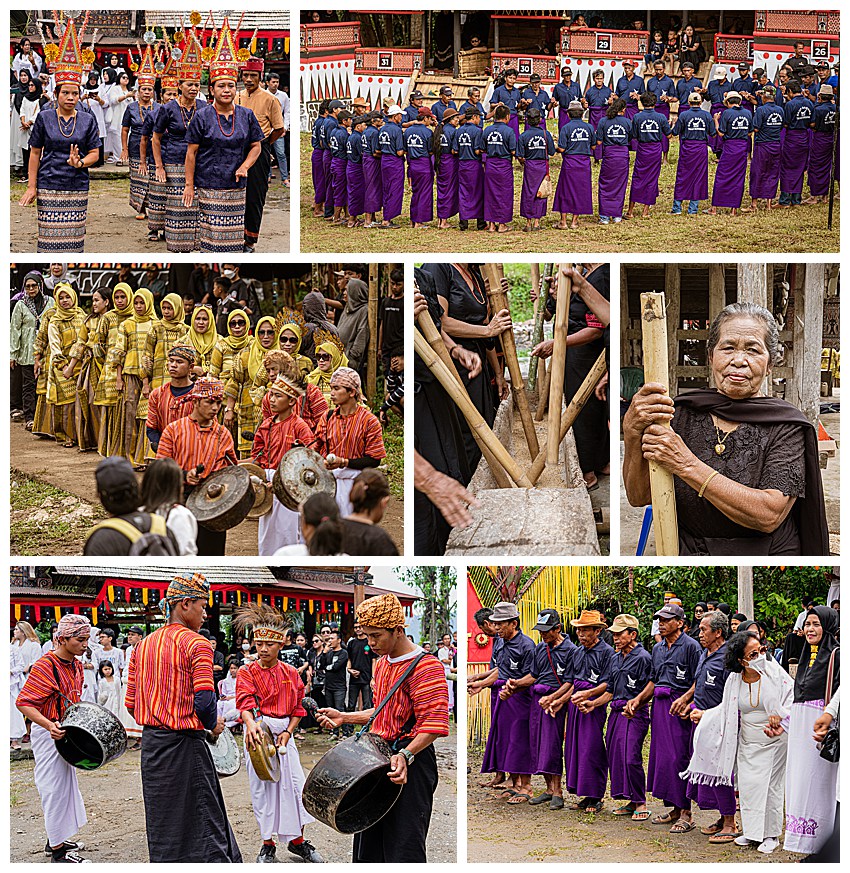
The Torajan people view death as a journey that they prepare for, and not as a tragedy. They save money all their life for this occasion. In this case, our guide, Sada, estimated the cost for this funeral was more than $400,000. When the deceased ascends to Heaven, the occasion is festive with song and dance (all images above). There were many traditional dances with people dressed in traditional clothing (upper-left). One of the musical instruments they use is quite unique, consisting of pounding rice in a canoe-shaped carved-out log (middle-center and middle-right). Listen to the video below to hear how this sounds.
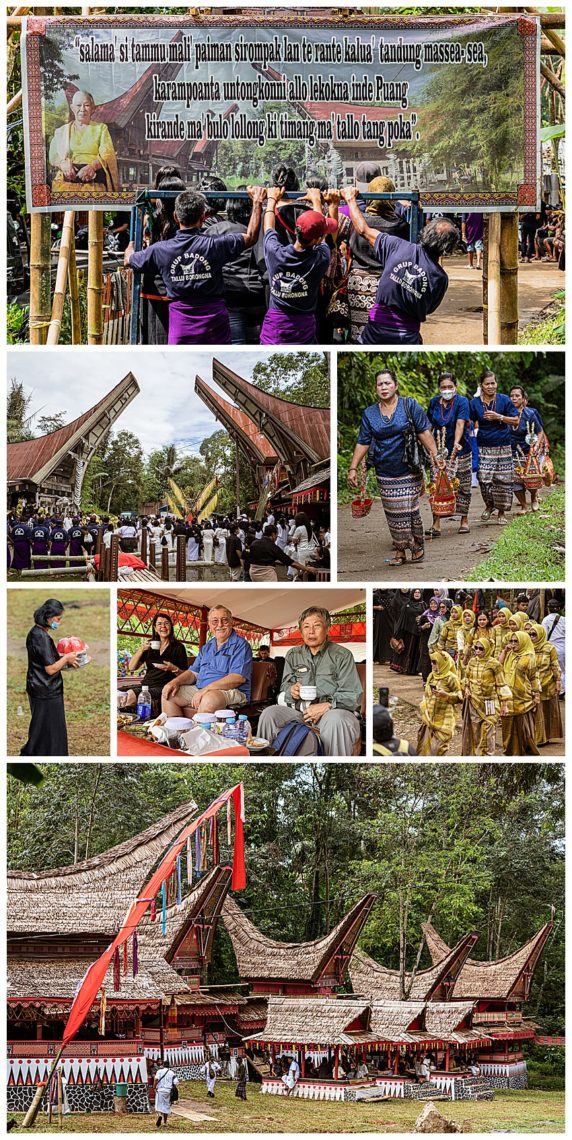
Funerals for wealthy individuals take several months to prepare. All extended family members are notified upon death, and they are all expected to attend the funeral, regardless of where they might be in the world. These family and friends arrive over the days before the planned event.
The top image above shows a pickup truck of people arriving, under a sign saying approximately “Hopefully until we arrive back to our home, God protect and bless all of us. And we apologize if there’s something unpleasant from us.” Such signs are typical at the entry point, through which guests enter the grounds.
Wealthy funerals also include the construction of temporary bamboo platforms for the guests to use during the festivities (bottom). It took four months to build the 85 such buildings for this funeral. These structures will all be torn down seven days after the funeral completion. When we asked why these structures were not saved for future funerals, we were told that no one knew when the next family member’s funeral would occur.
Julie, Burt and Evelyn were invited by the family of the deceased to sit in their VIP section. Thus, we sat in comfortable chairs, sipped coffee, and ate some of the food prepared for the guests (center). The families welcome strangers, to what Westerners consider a very private event. The more guests attend the festivities, the more successful a funeral is considered to be, which brings additional prestige to the surviving family.
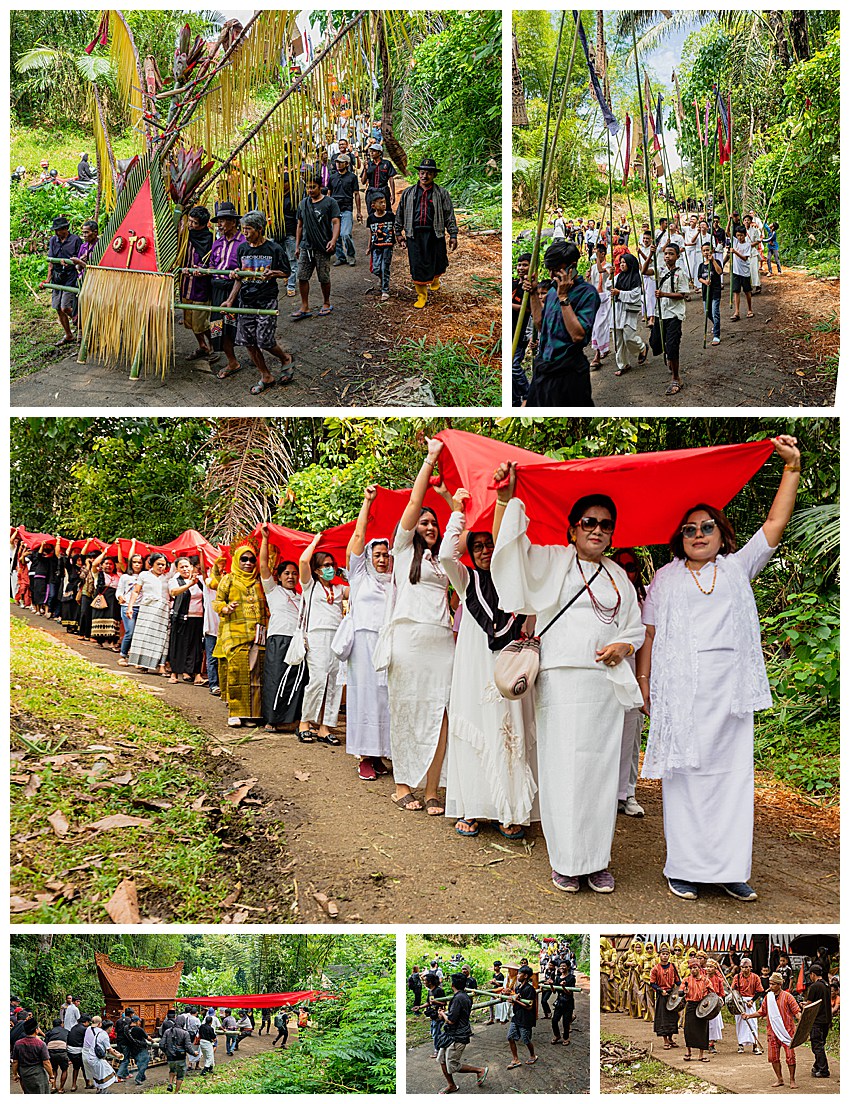
Once most invited guests are seated, a procession begins. This brings the body of the deceased from the home in which they lived, to the funeral festival grounds. The procession is quite festive, led by musicians (lower right). The deceased is carried quite a long ways, through the rice fields, down steep dirt inclines to the temporary staging area. The family members are all dressed in white carrying a red cloth (center). Along the way, the bola bola, which transfers the body (lower-left), is often shaken and even dropped, as a way to “wake up” the deceased. In this procession, the bola bola is on wheels, whereas most often, the deceased is carried on bamboo poles (as we will see in future funerals we attended).
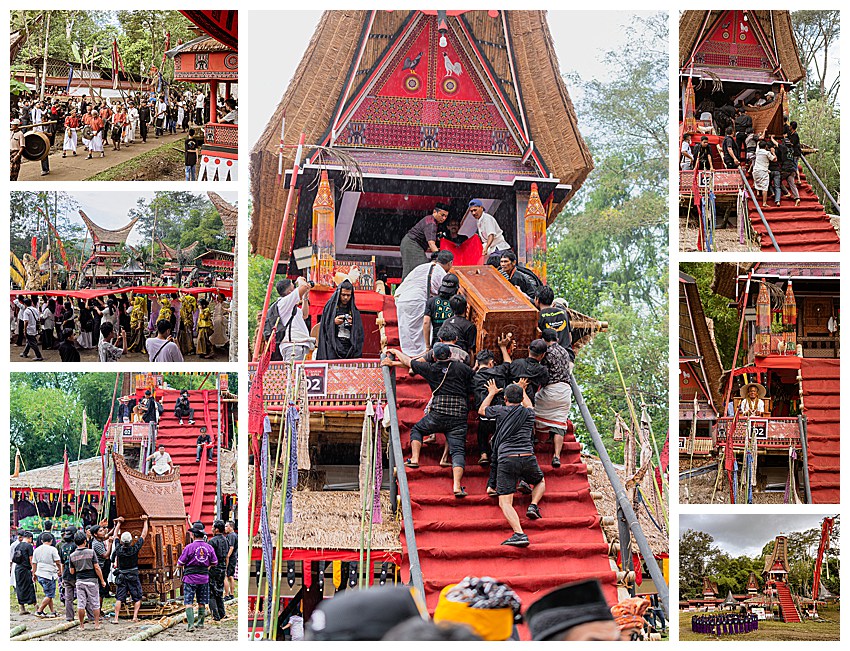
The procession brings the bola bola to the funeral grounds (top-left and center-left). Traditionally the bola bola (funeral body carrier) is then hoisted to the top of the tower in the center of the festival grounds. It was rather humorous to watch these pall bearers as they approached the tower though. The bola bola was first carried to the base of the stairs. After it had been hoisted several steps, one of the men stopped them. (lower-left)
He went to the top with a bamboo pole, and measured the height of the opening at the top of the tower, by placing his hand on the appropriate location of the pole. He then climbed back down and placed his measured pole against the bola bola. Heads were shaking and men were pointing to the tower. Finally, they realized that the maker of the bola bola had not communicated properly with the maker of the tower, and the bola bola simply would not fit !
At that point, the men disassembled the bola bola and carried the casket up alone (center). Seeing them strain made it obvious how heavy that one piece alone was. After the top of the bola bola had been removed, and the casket lifted into place, that top was brought up separately (upper-right), leaving the base of the bola bola at the bottom, to be reassembled and used again to carry the deceased to her final burial site. All of this can be seen in the video below.
The tau-tau (wooden effigy) was also carried halfway up the stairs to preside over the event (middle-right). The other festive activities were then underway, starting with a moderator hired by the family to share her life’s story and contributions, who spoke for 45 minutes.
PLEASE NOTE: The final image in this post includes graphic elements from the sacrifice of a bull. We have tried to only use images that are least likely to cause distress. However, that element of the funeral is too central to the process to be ignored.
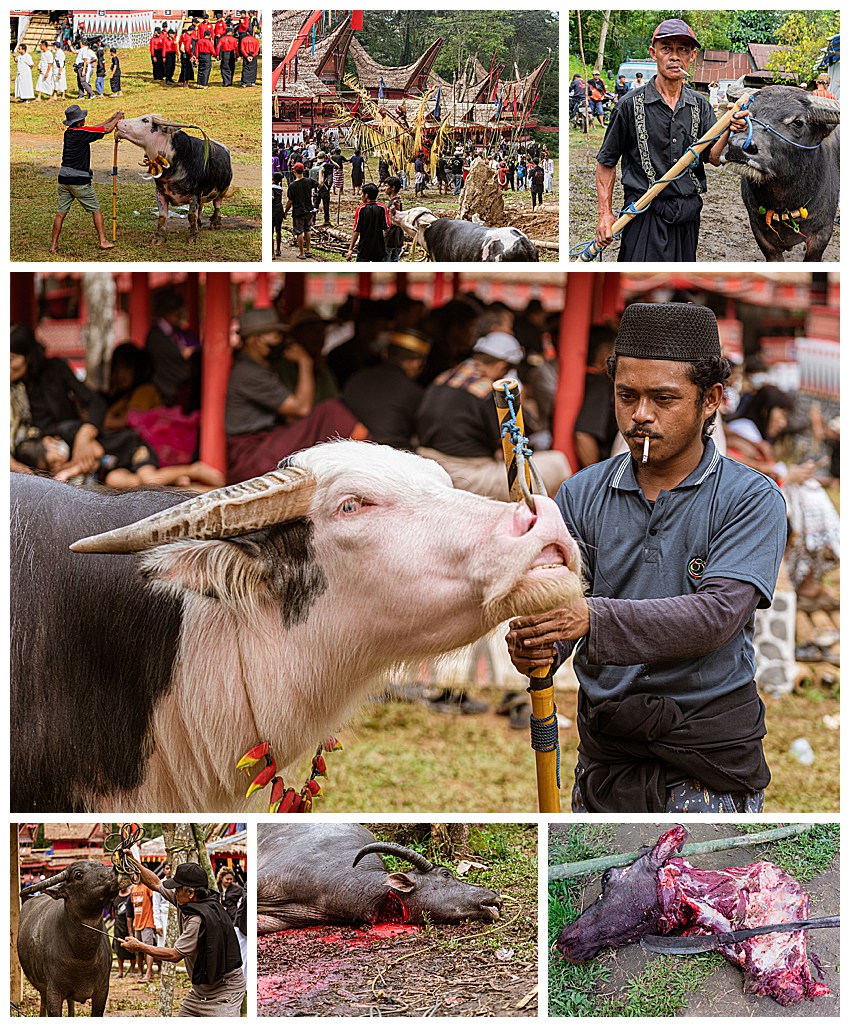
After the body is hoisted to the top of the temporary tower, and the orator has completed telling the story of the deceased, there is more song and dance. Then there is the sacrifice of the bull (lower-left and bottom-center). When there are large numbers of bulls being sacrificed, the process occurs over several days.
After death, the animals are expertly carved up, and their meat is distributed to those attending. None of the animal is wasted, and the animals sacrificed in these funerals provide a significant portion of the peoples’ protein in their meals. Because there are no refrigerators (and usually no electricity) in these villages, some of the meat is eaten quickly, in meals over the next day or two. The rest is dried, and sometimes smoked, and then provides protein over the following year.
The white face of the Mercedes bull is particularly prized (center). It is seen as a beacon of light leading the deceased to the After Life (Puya).
